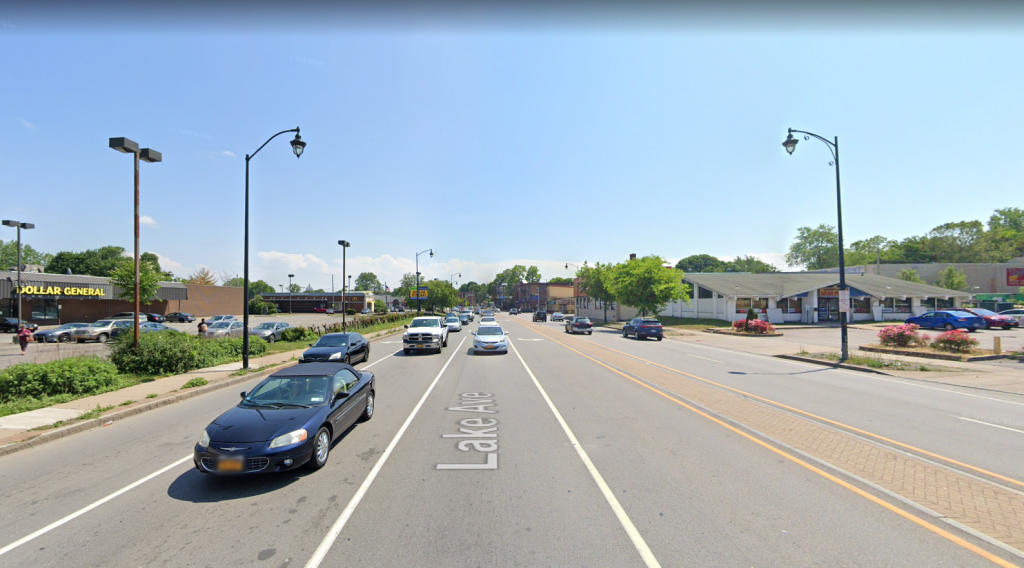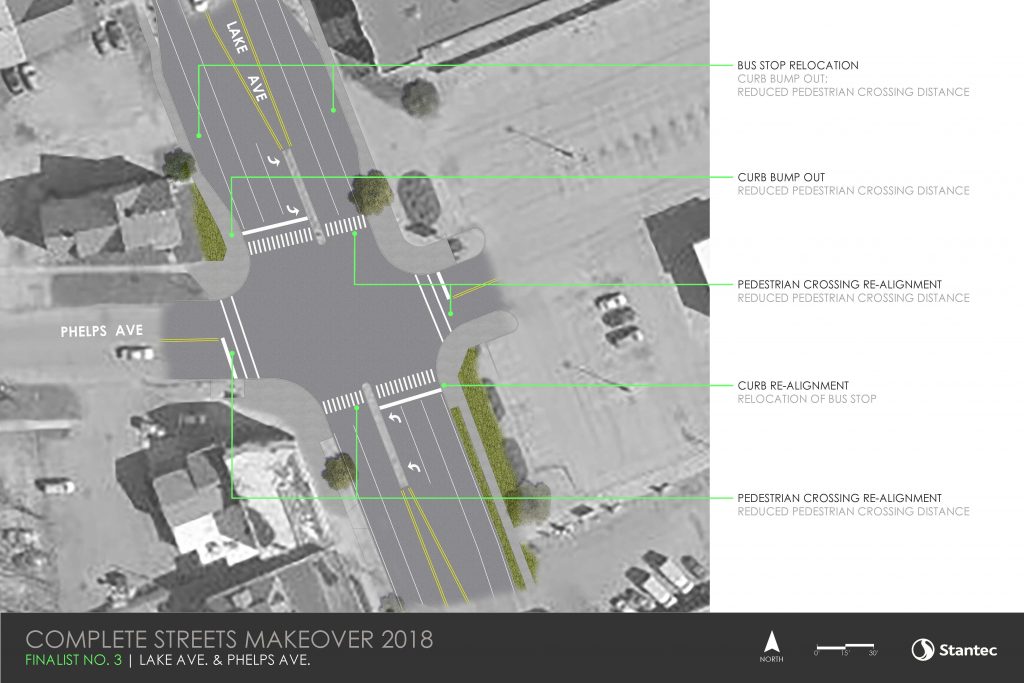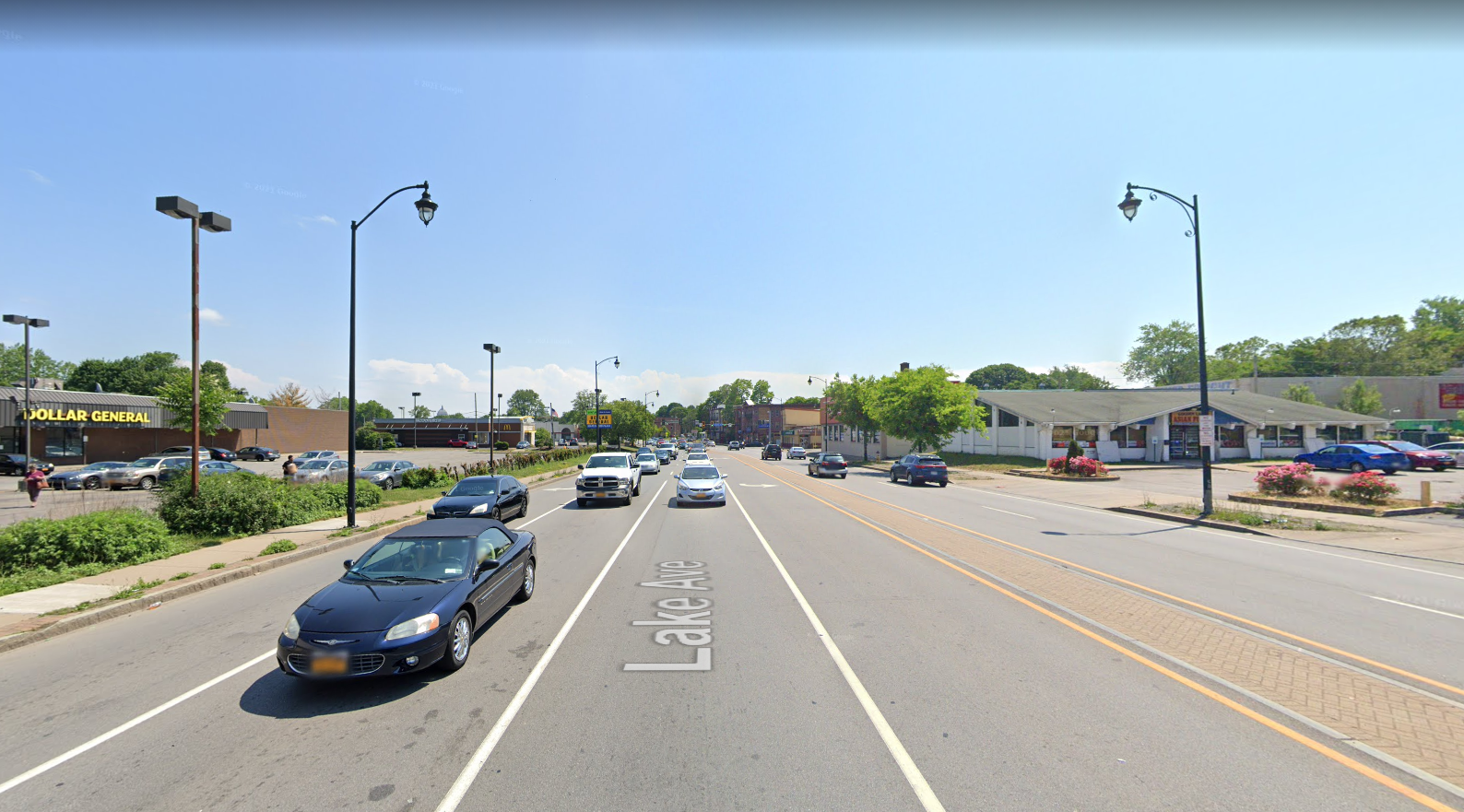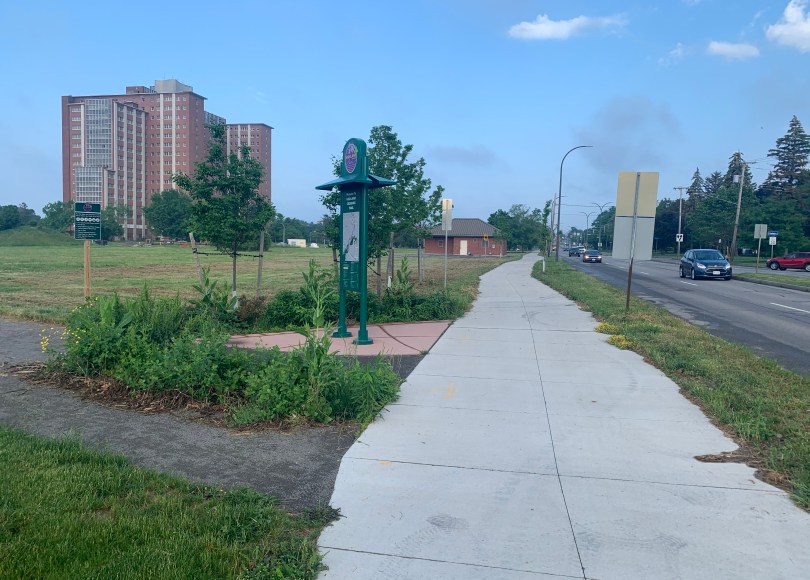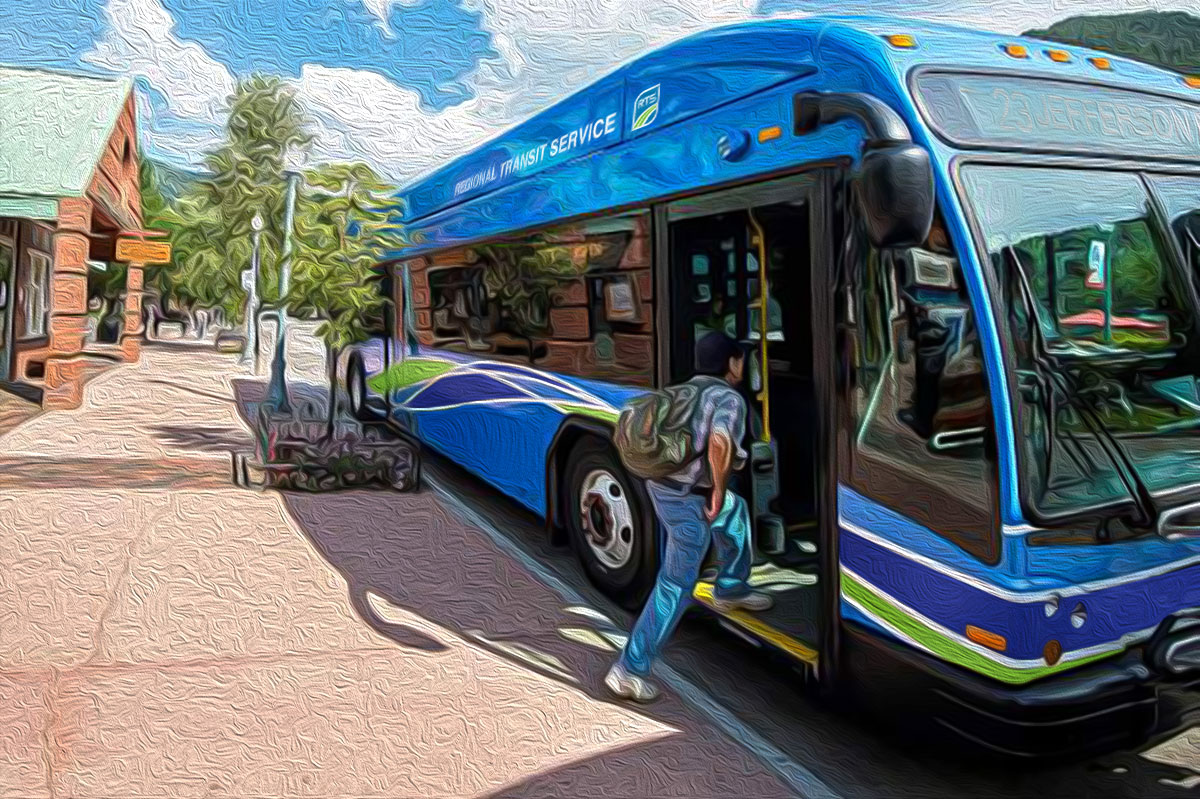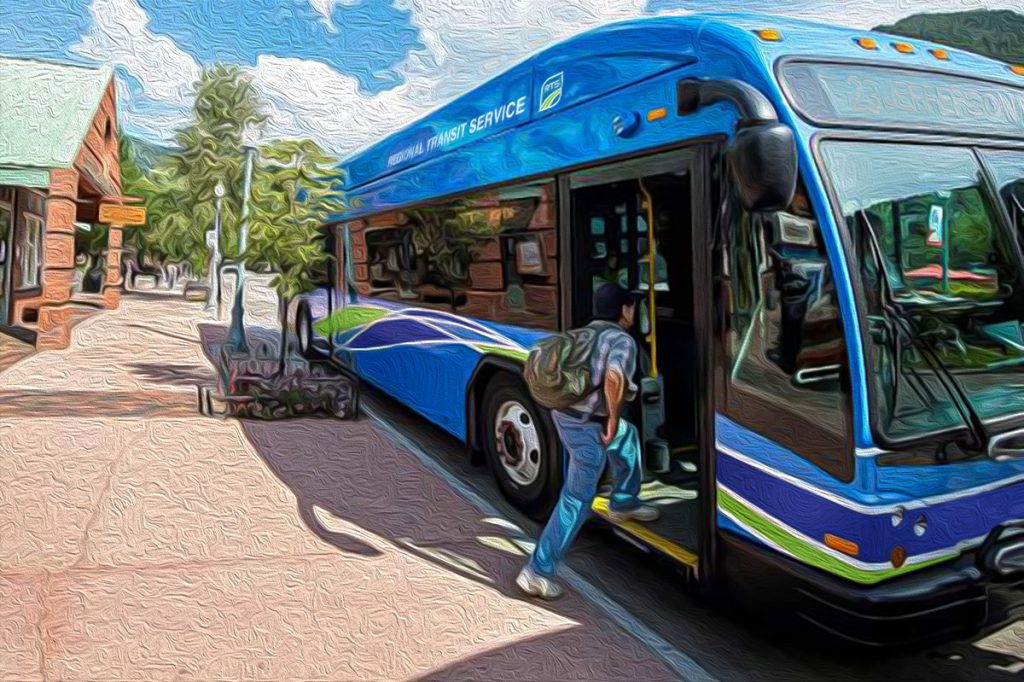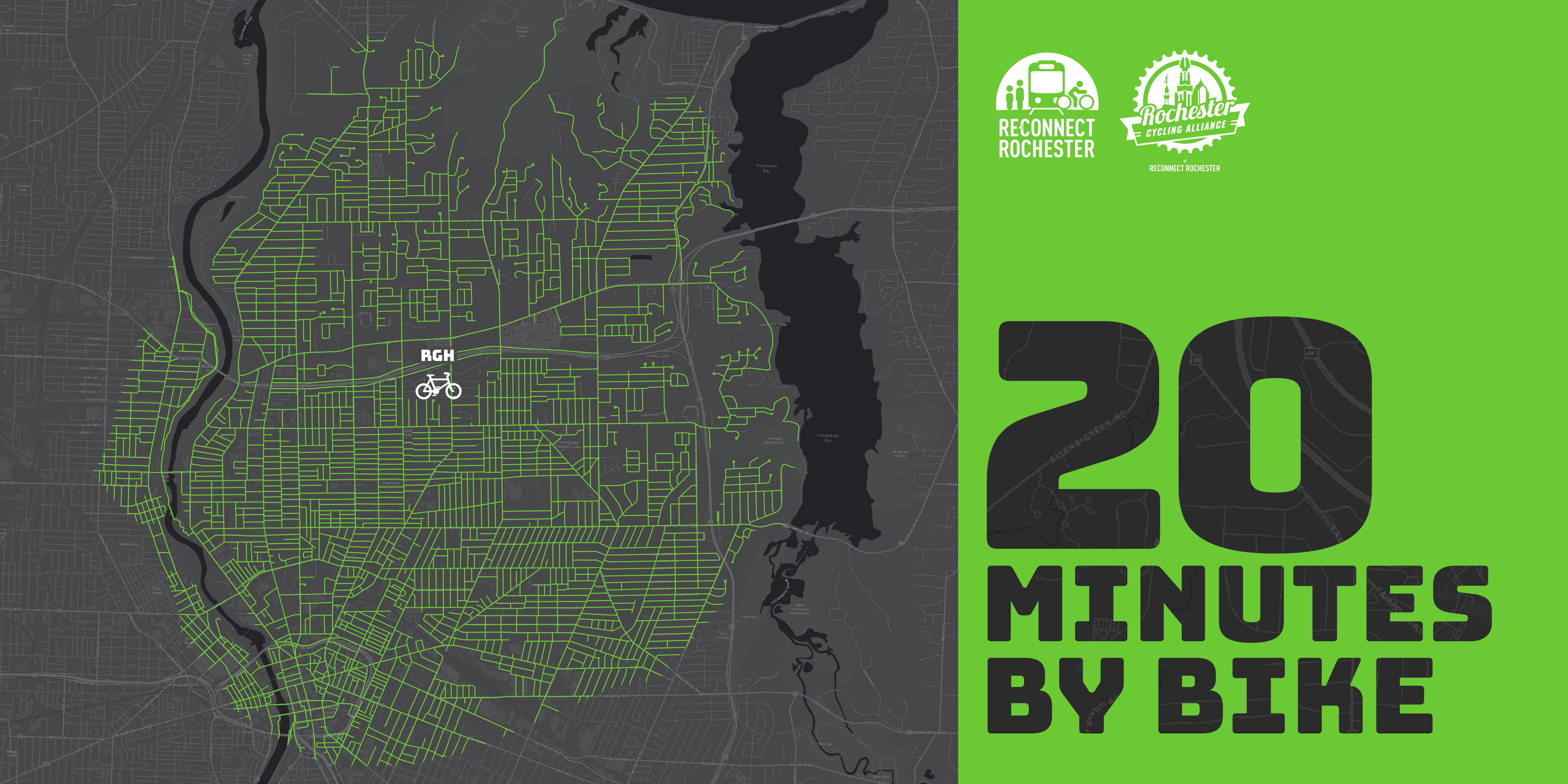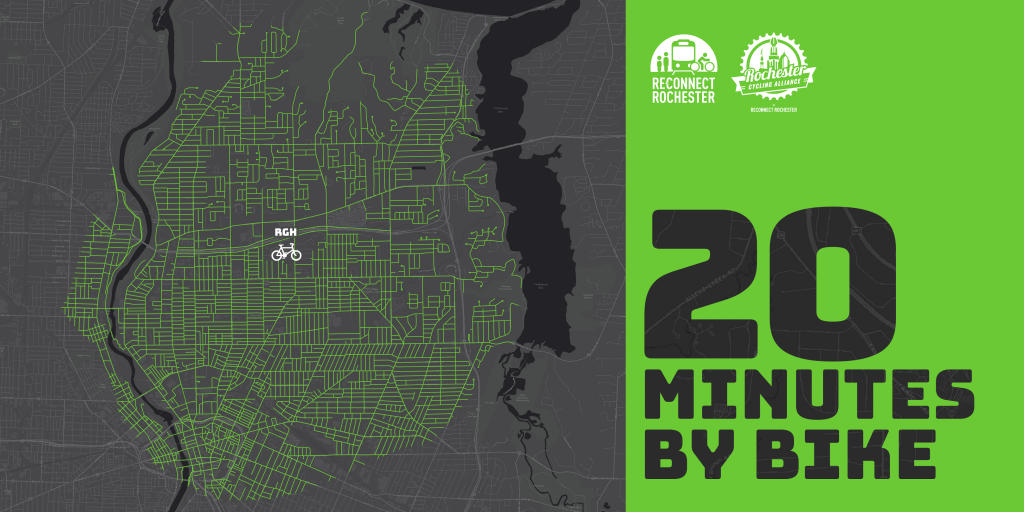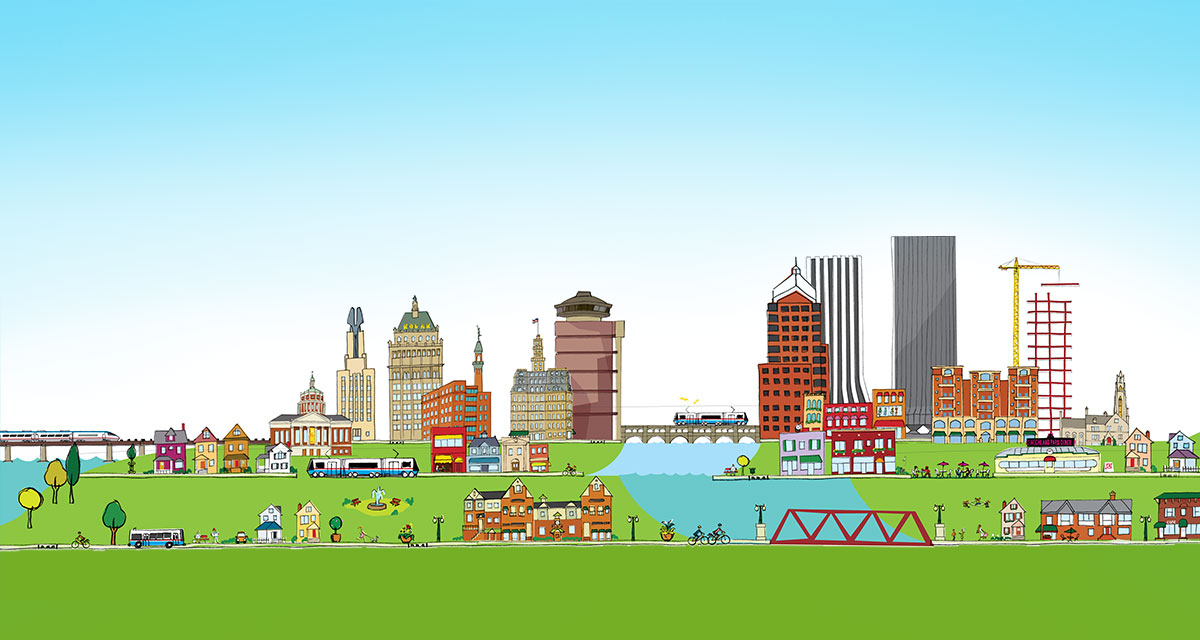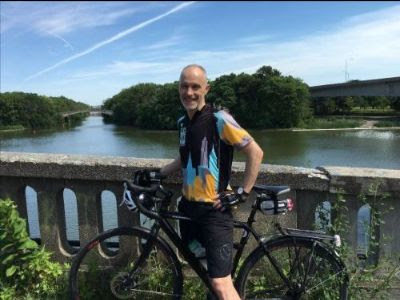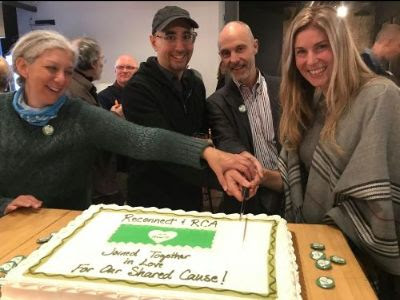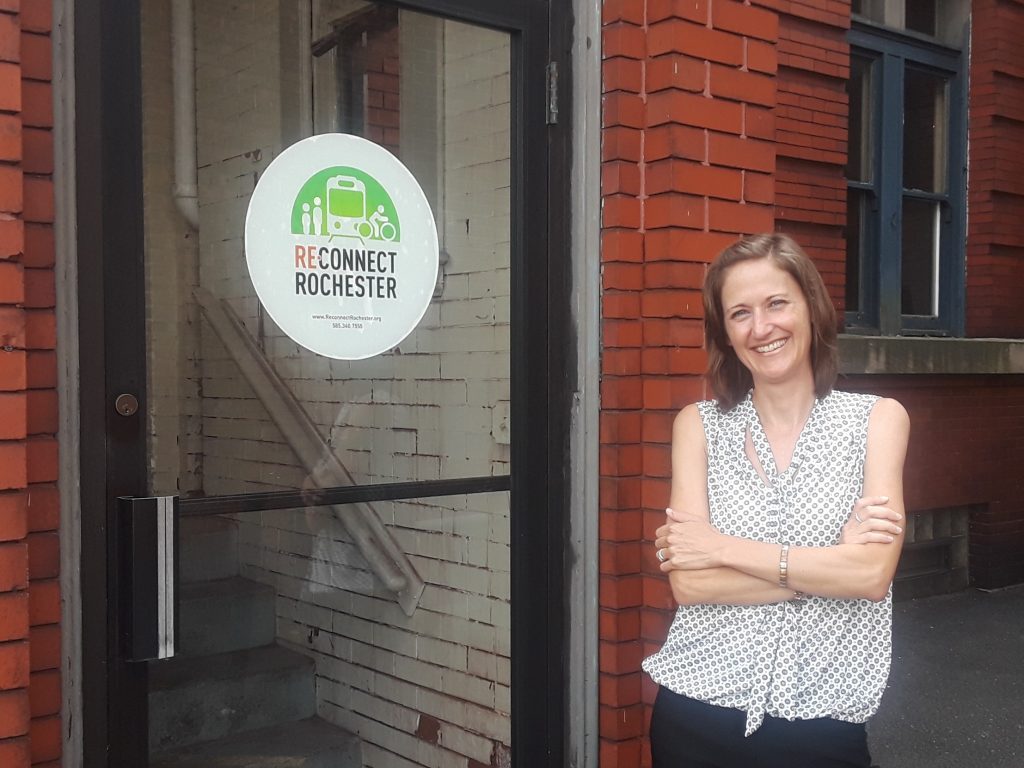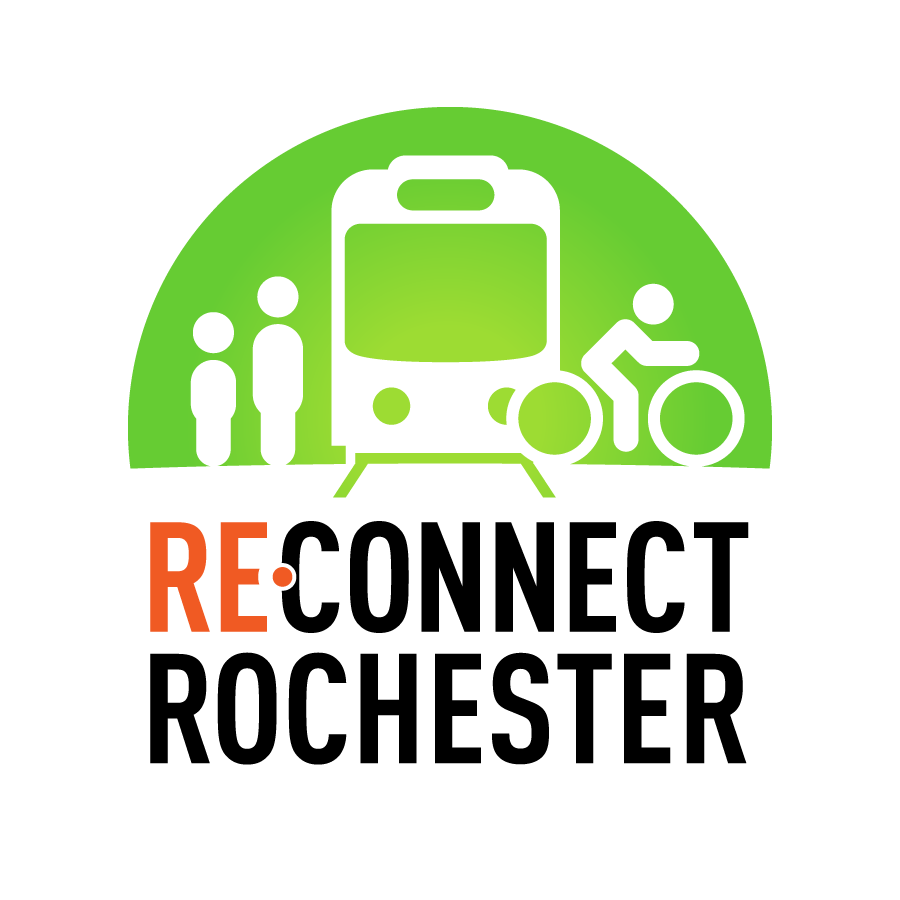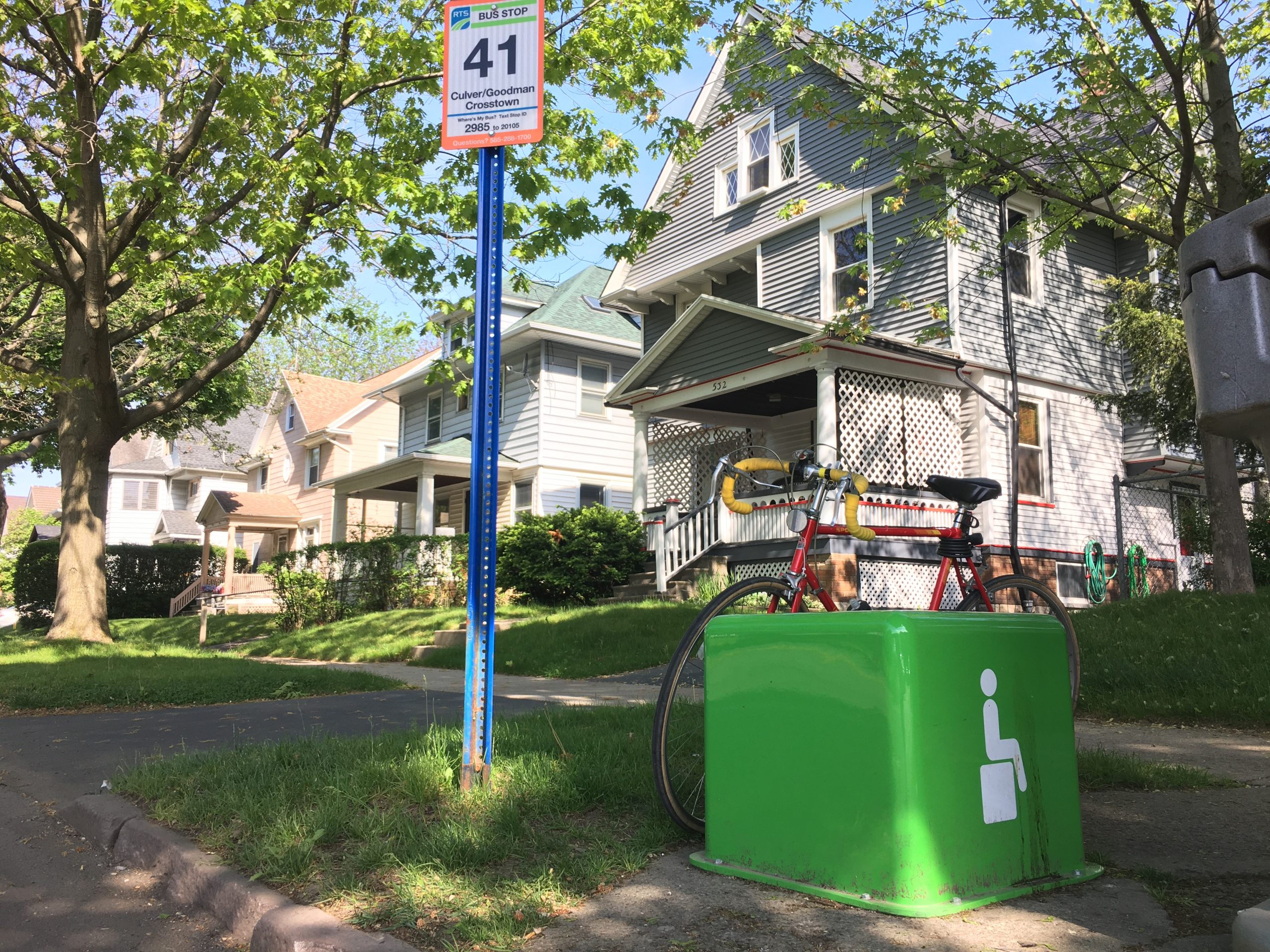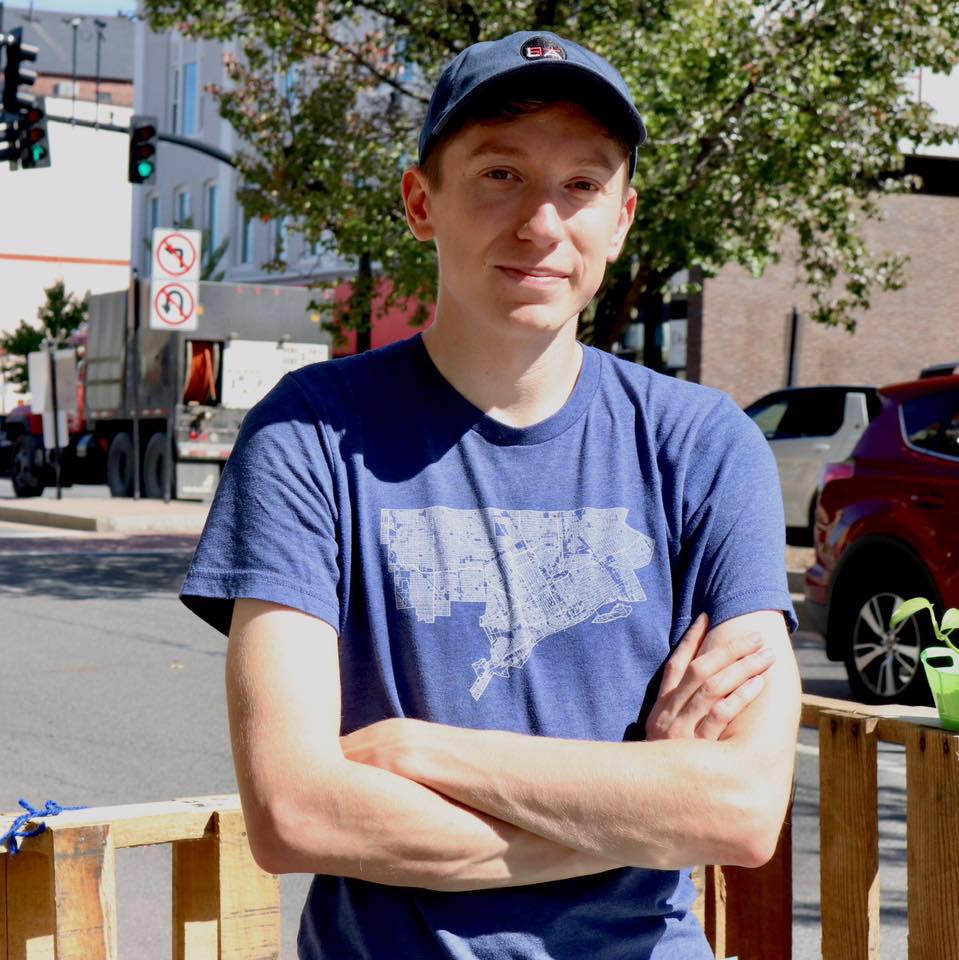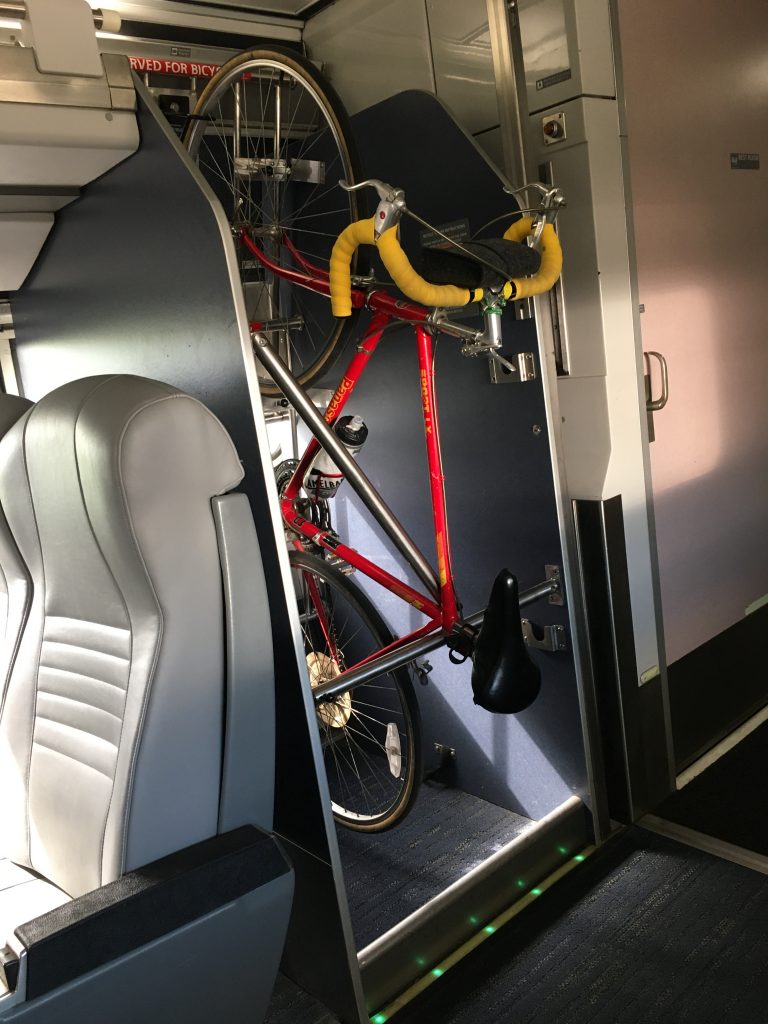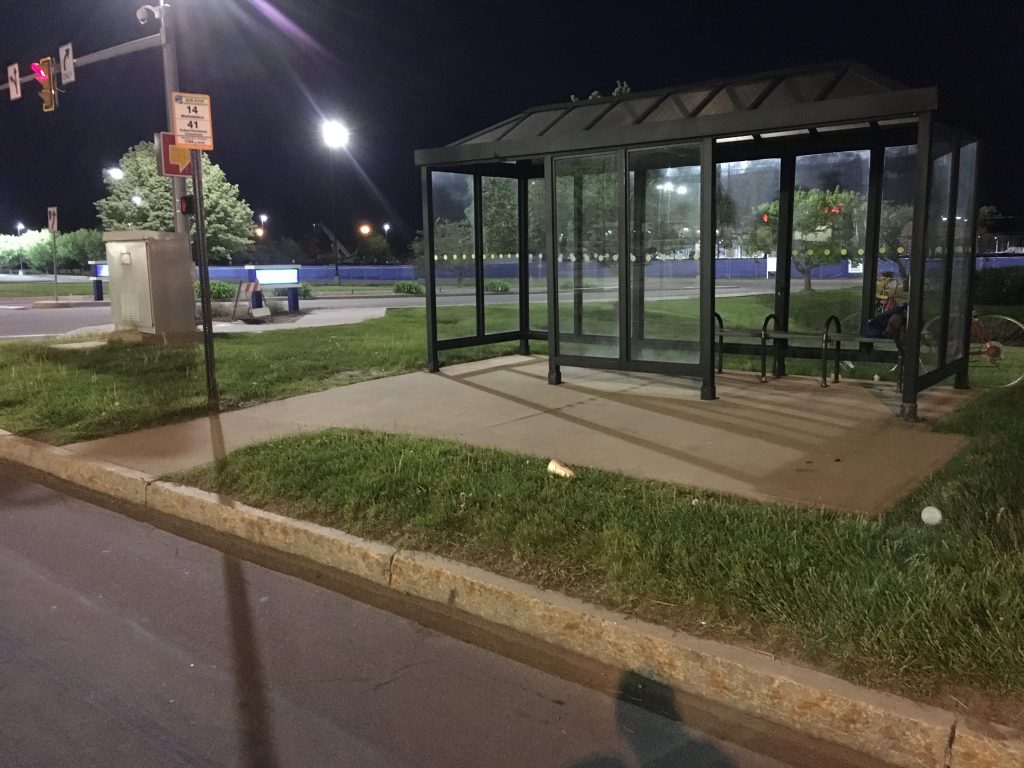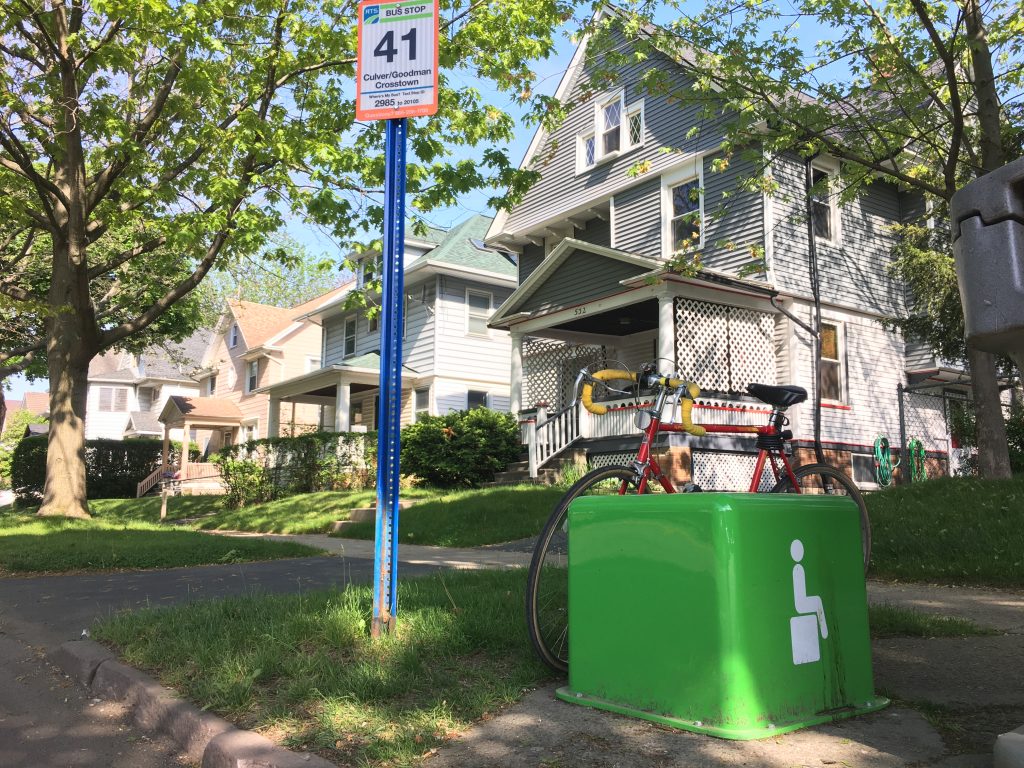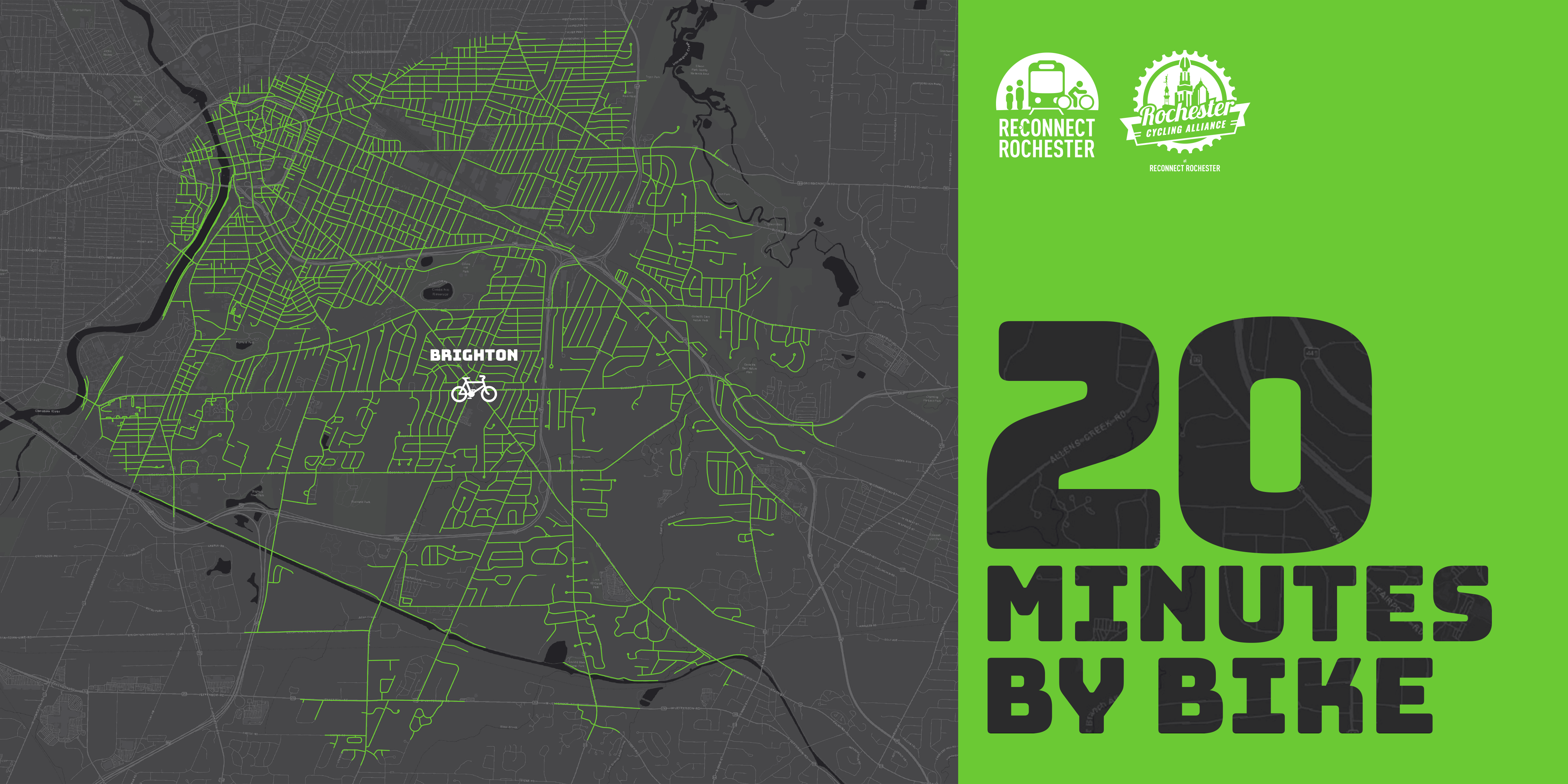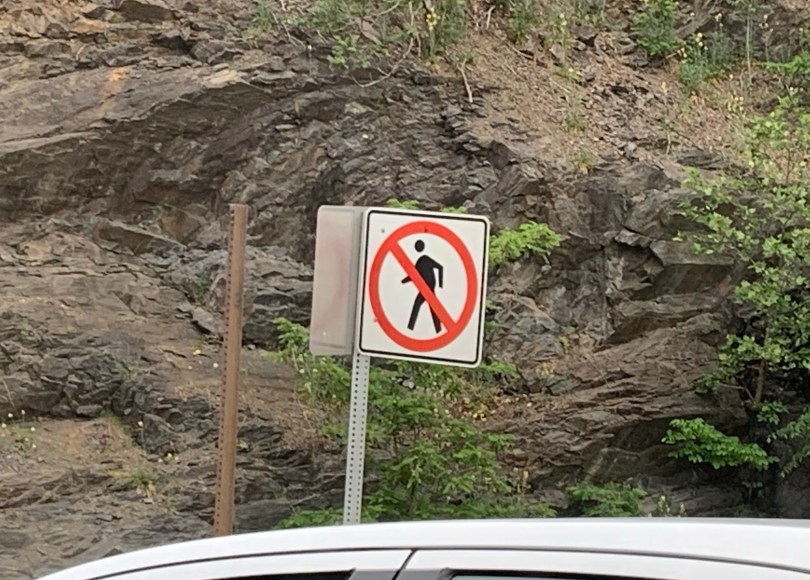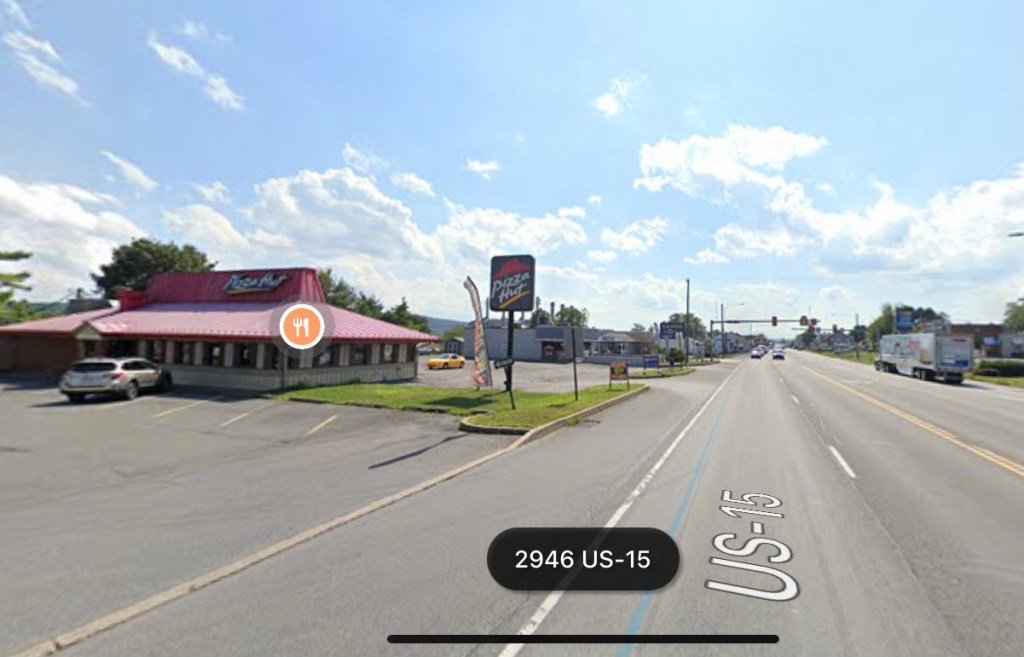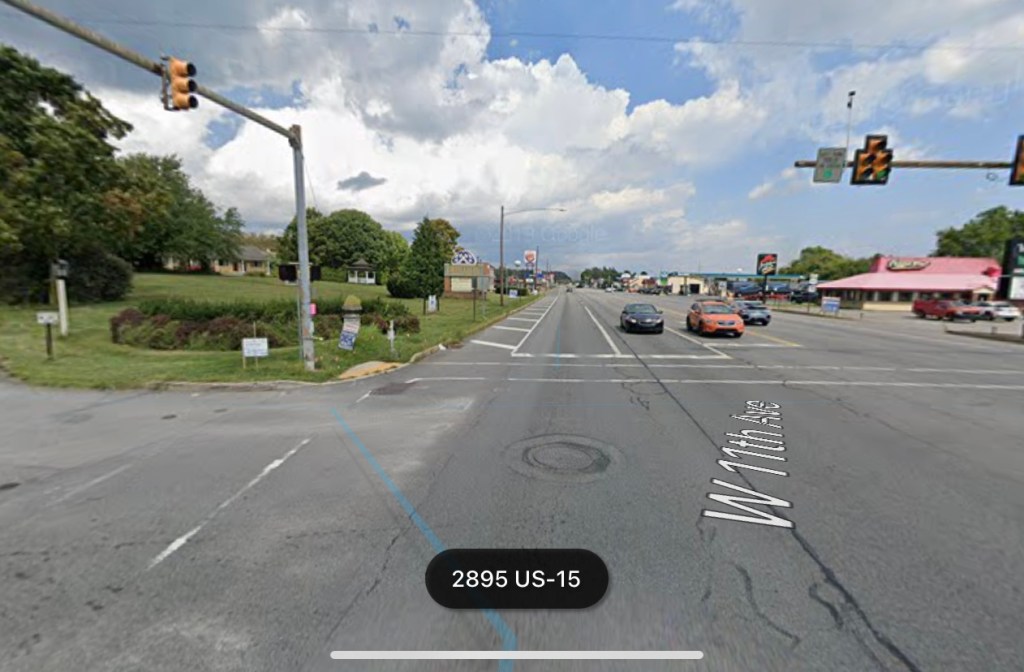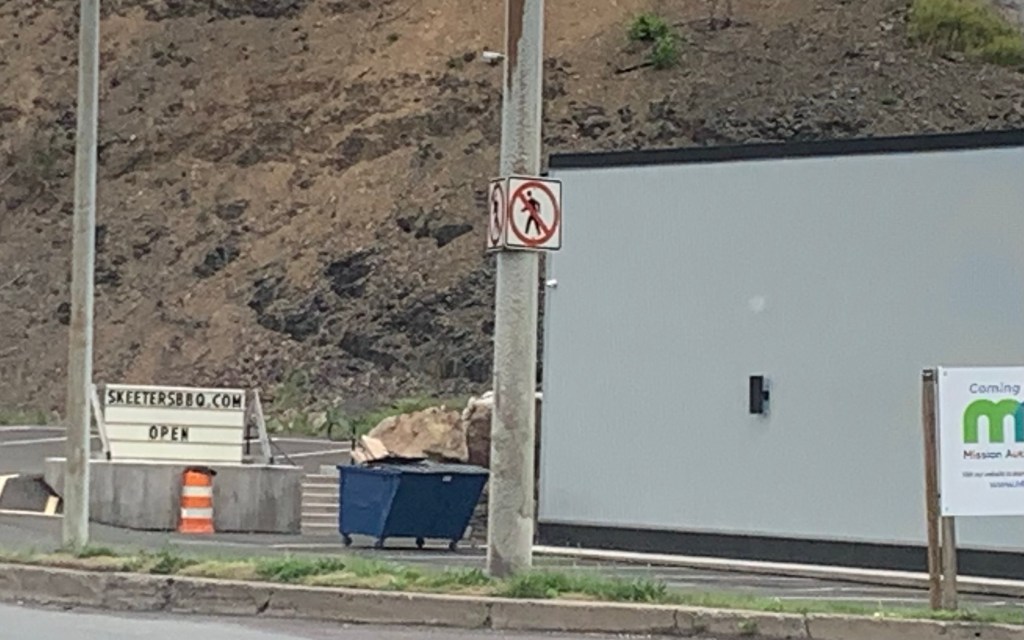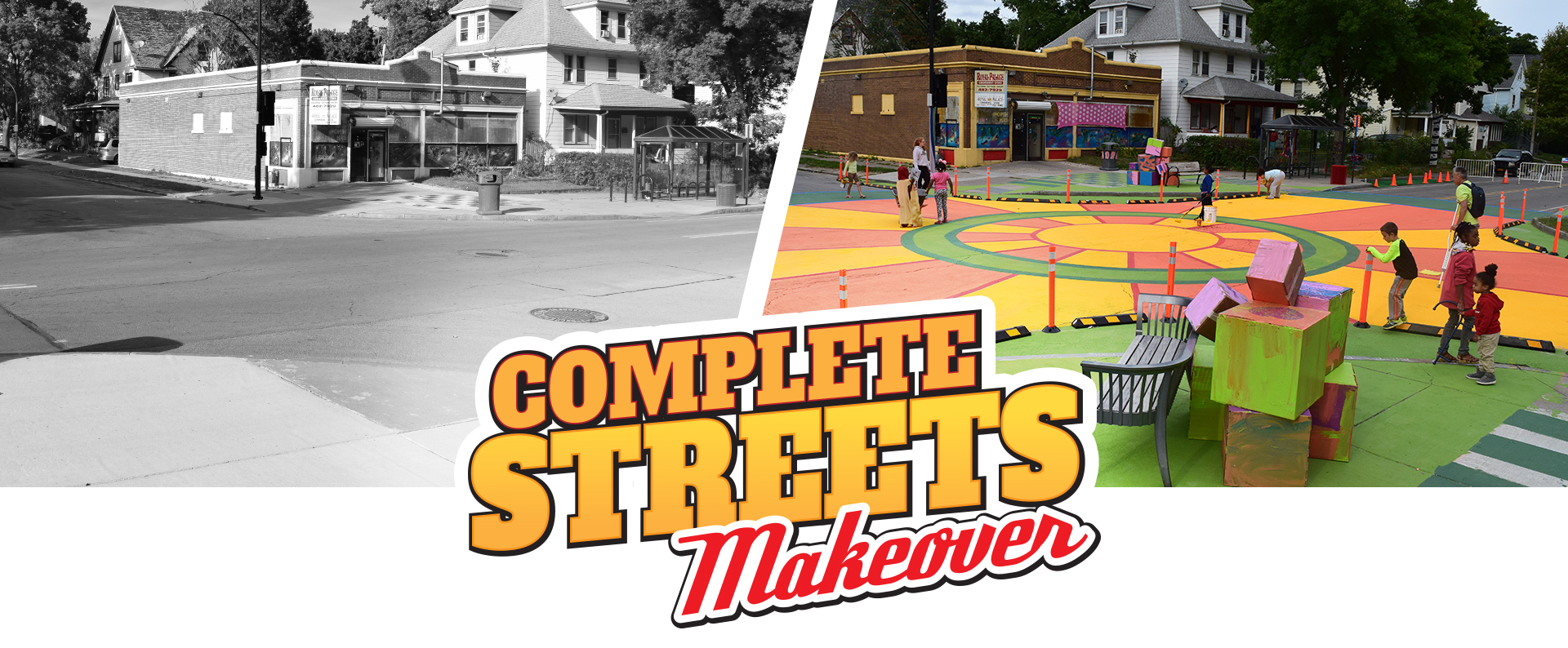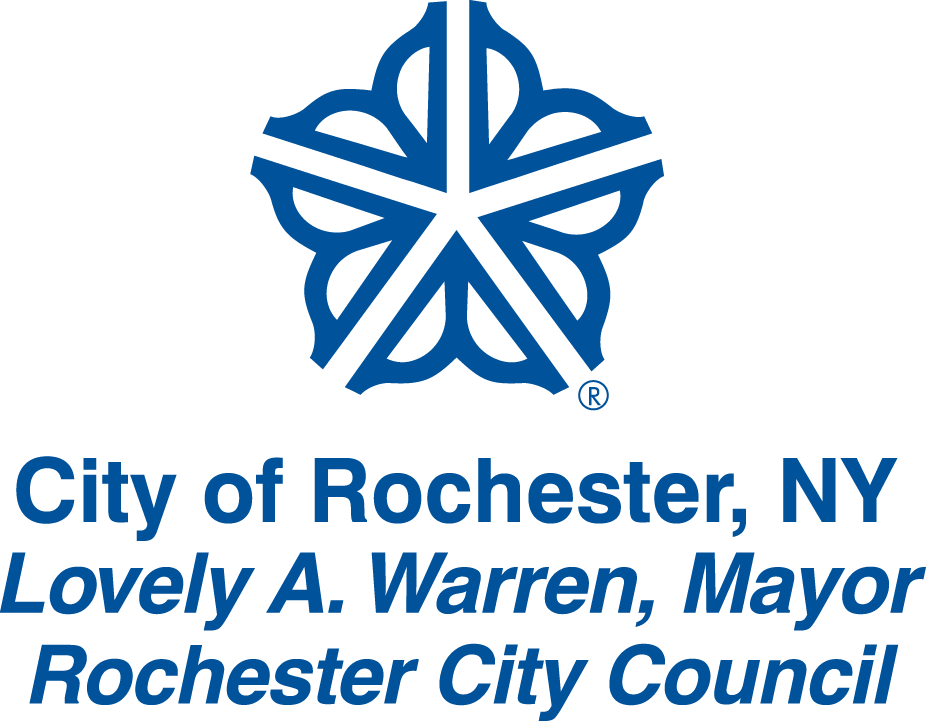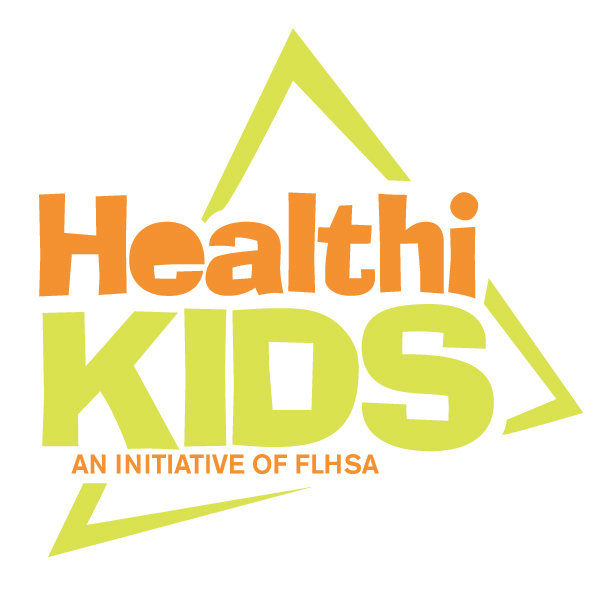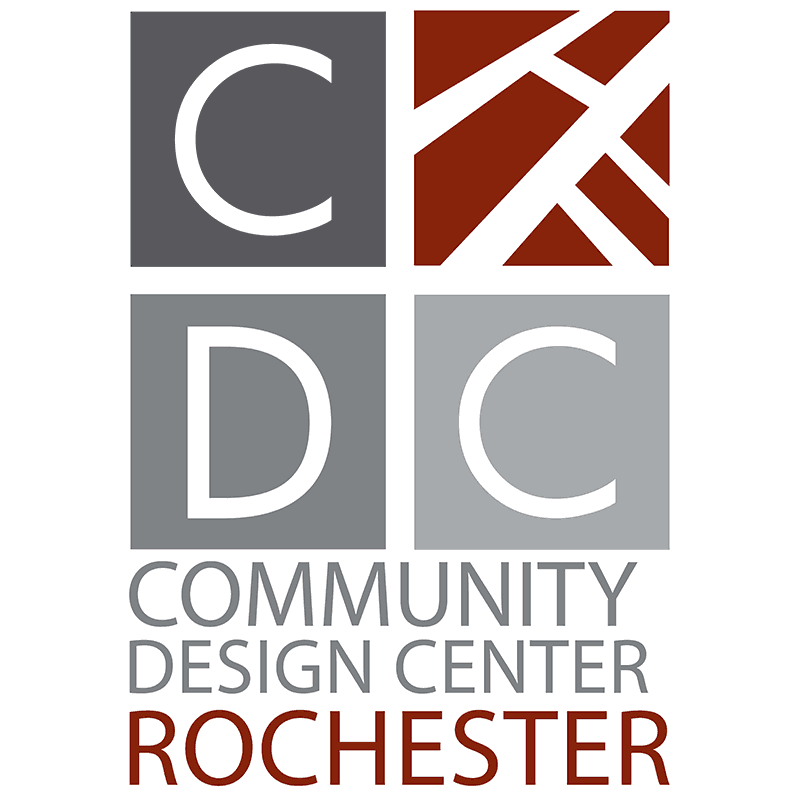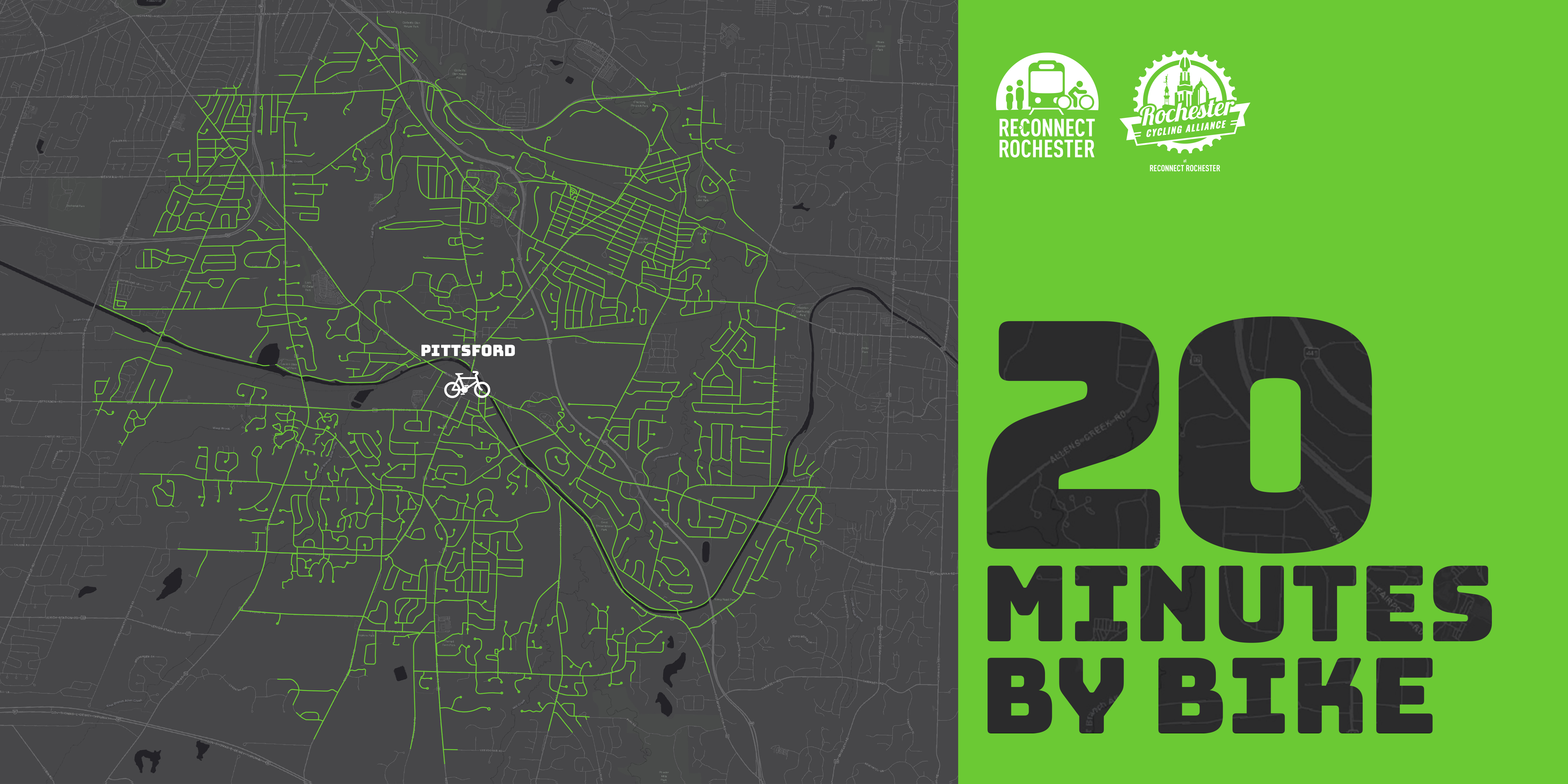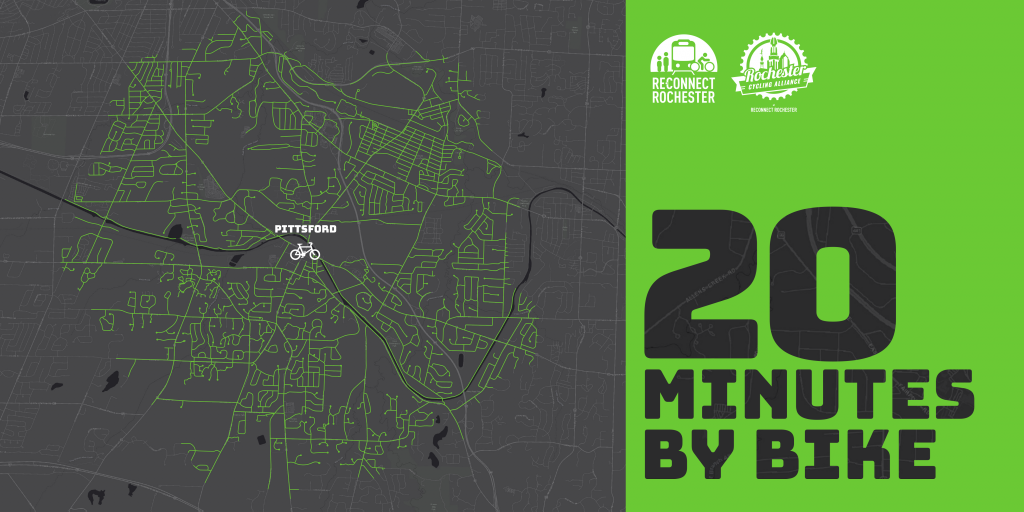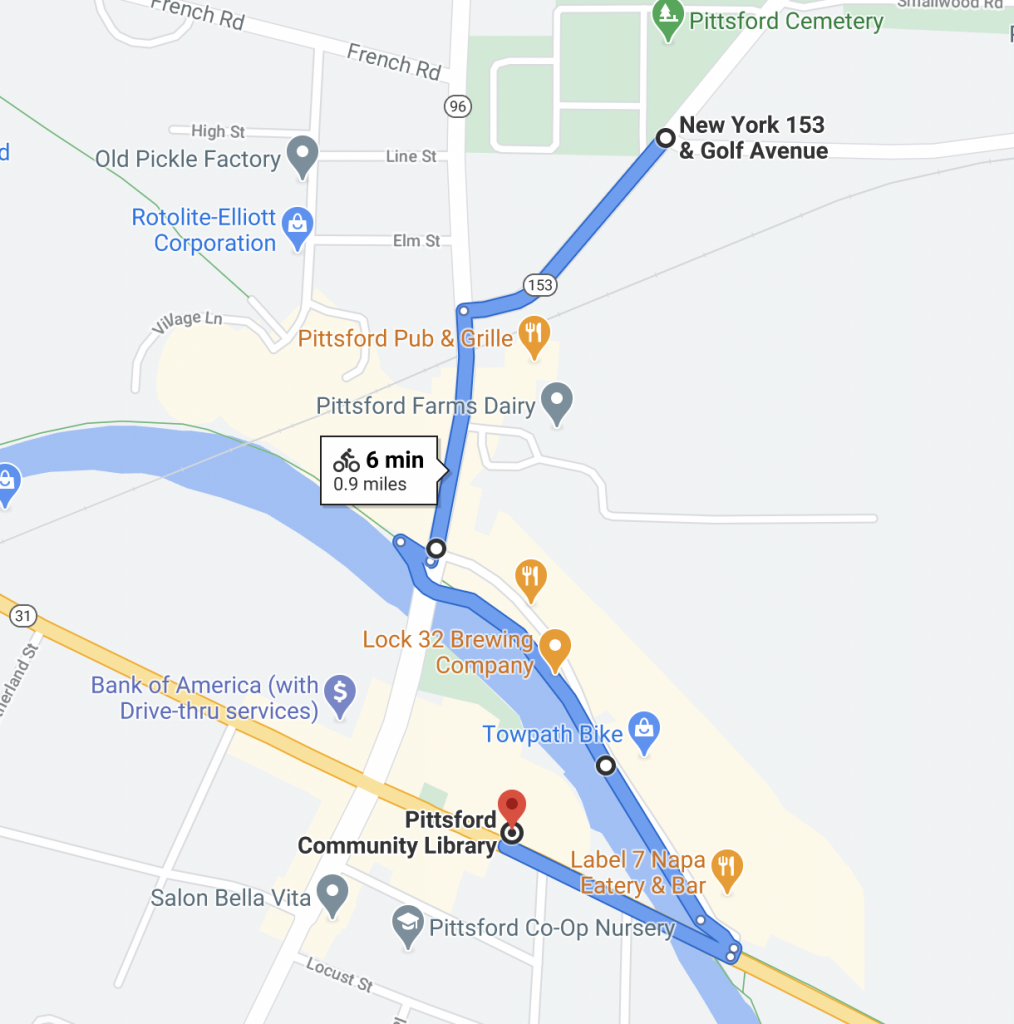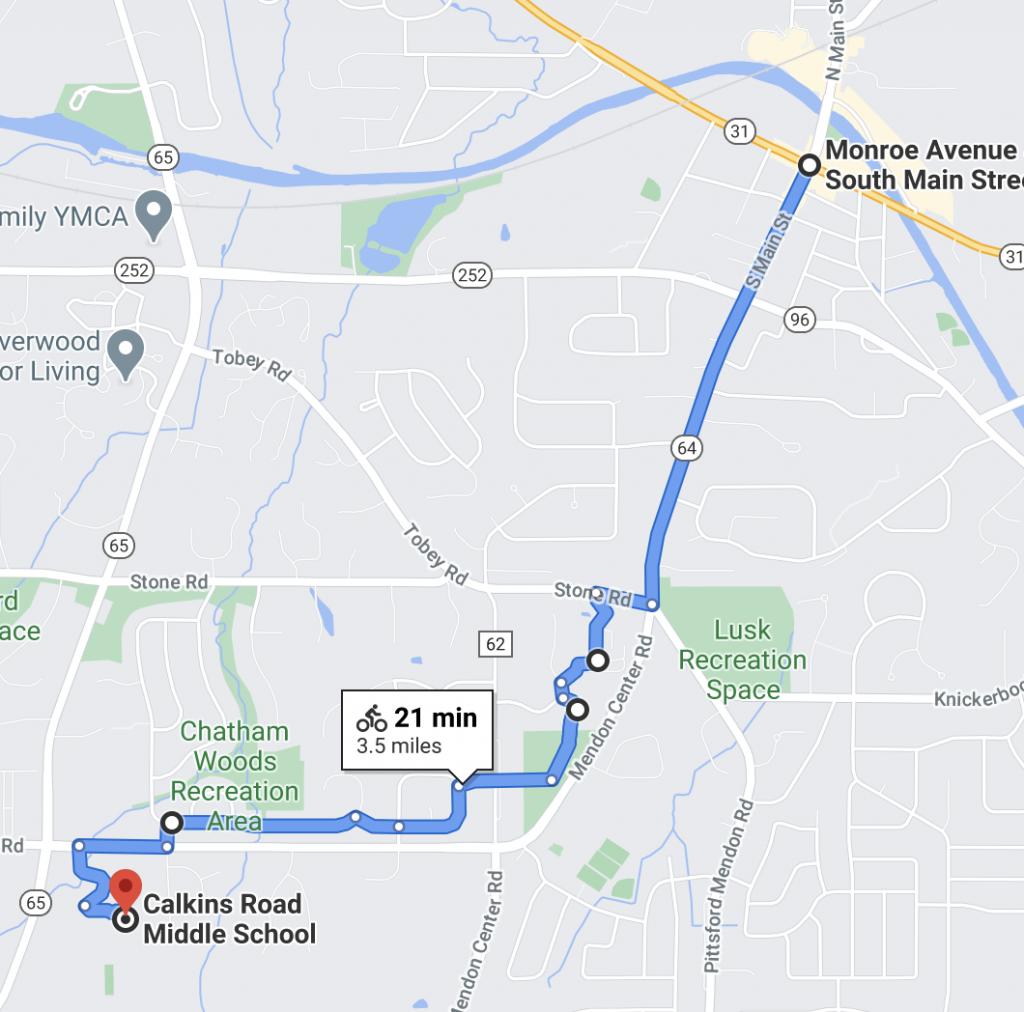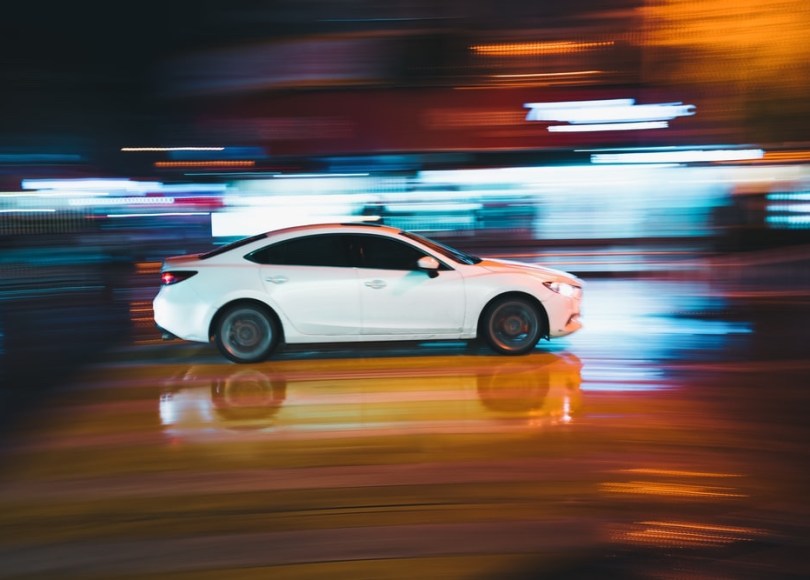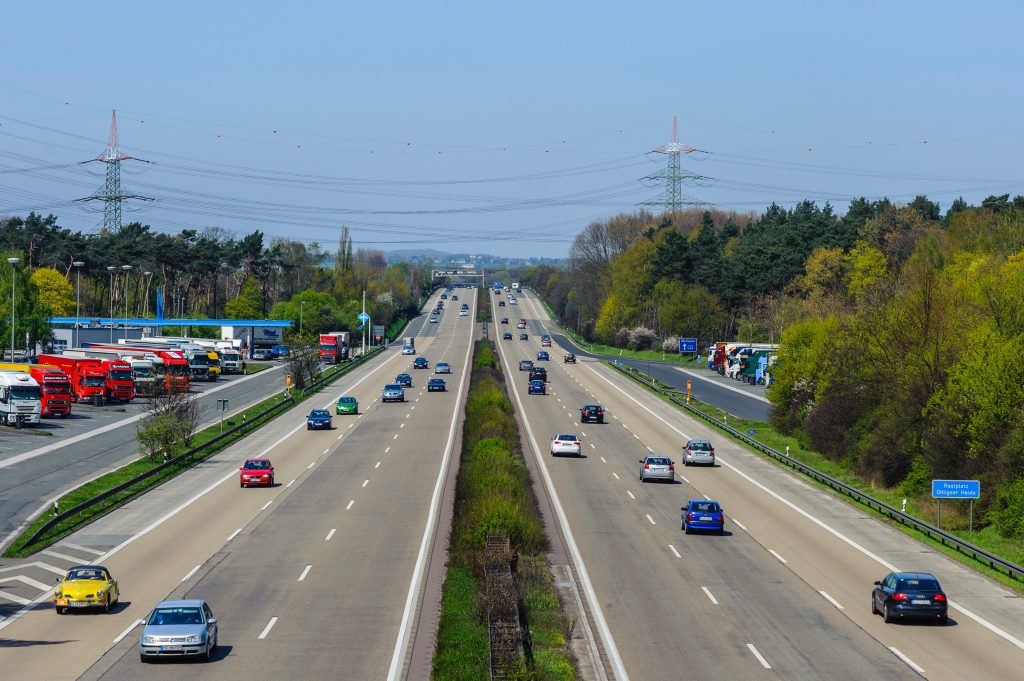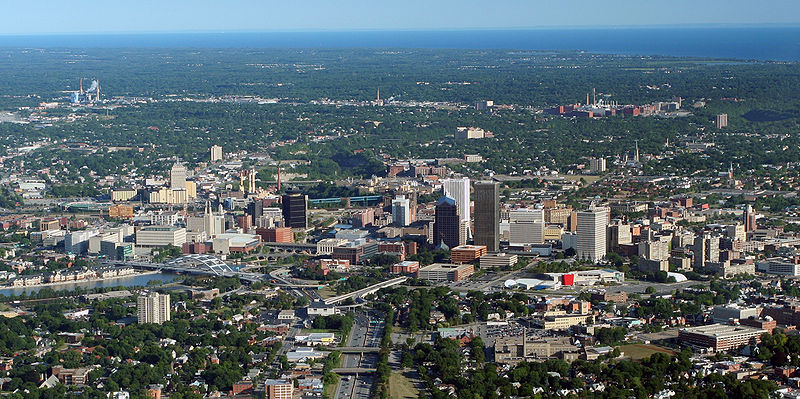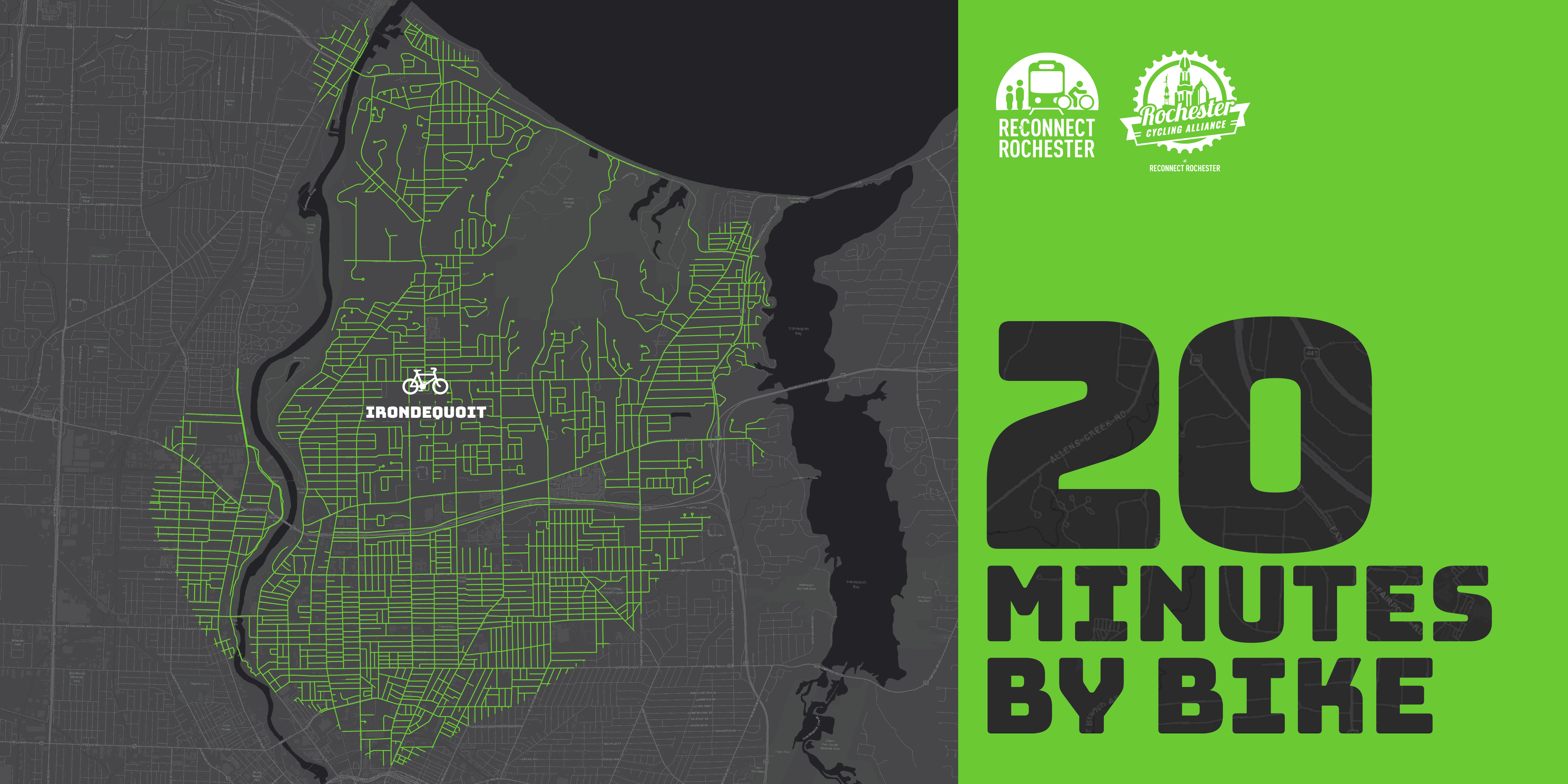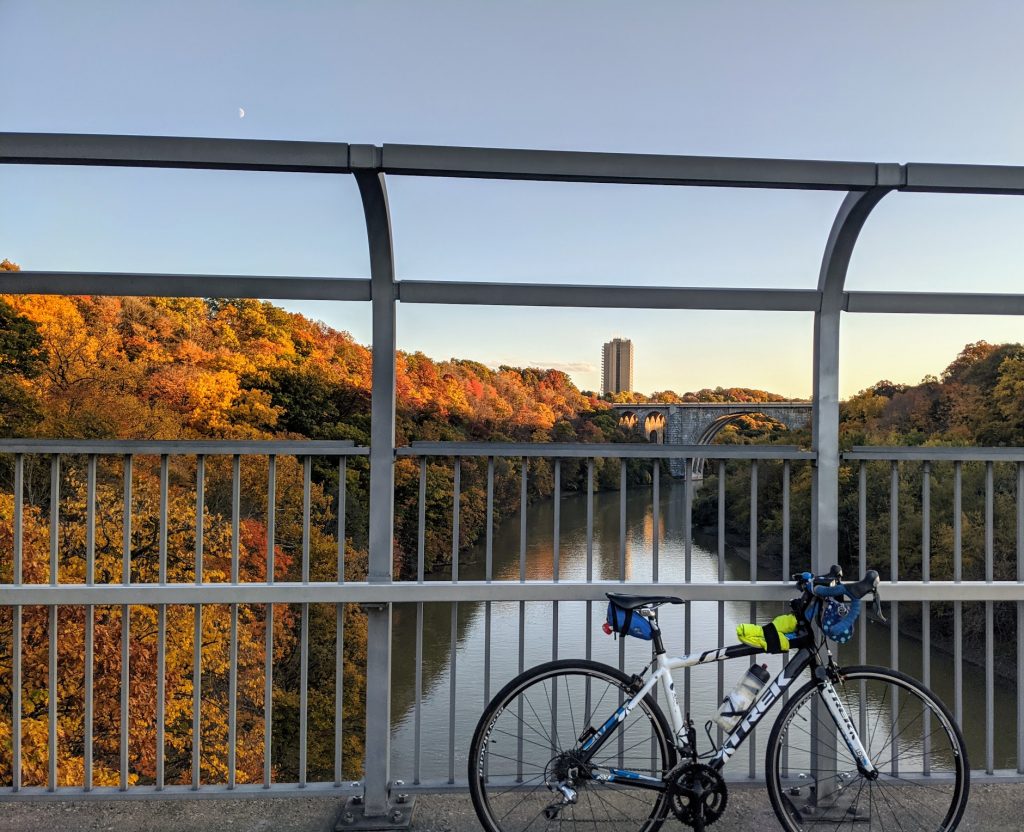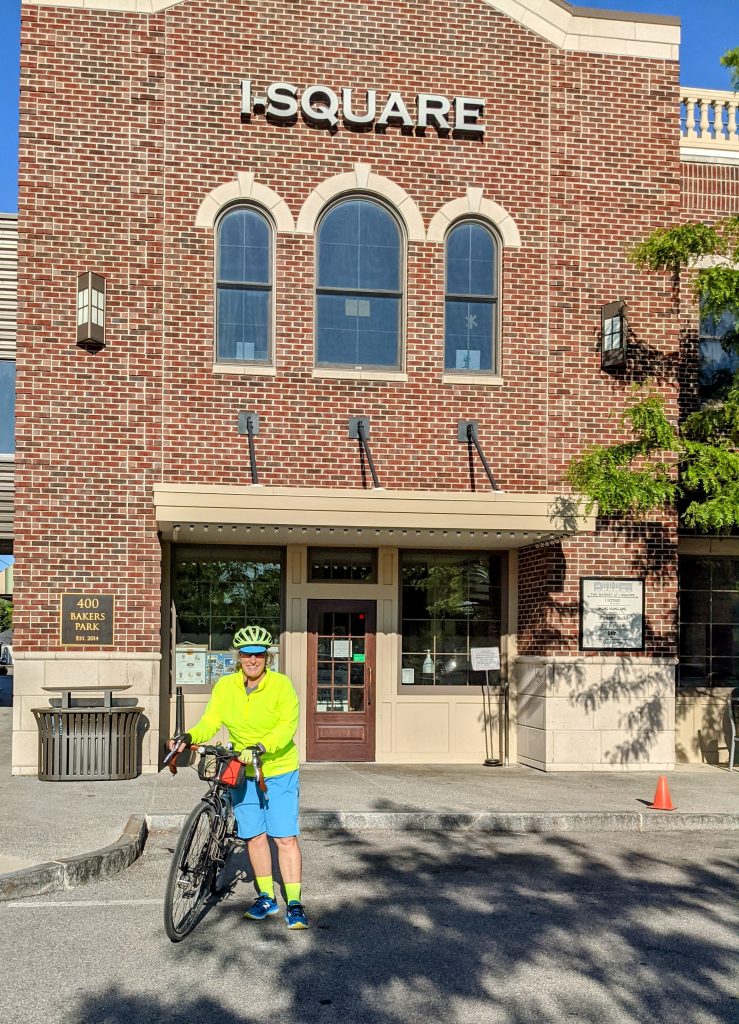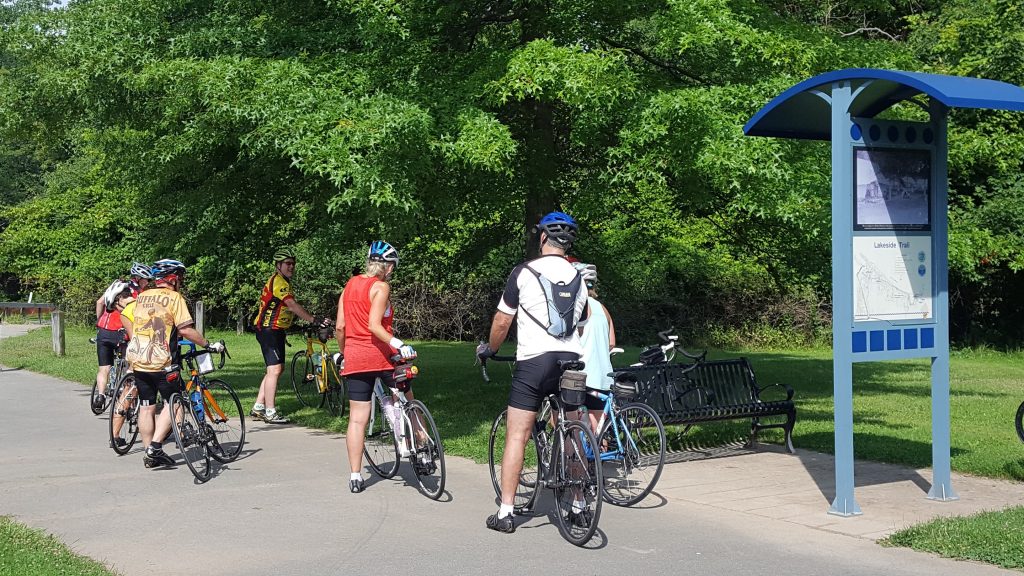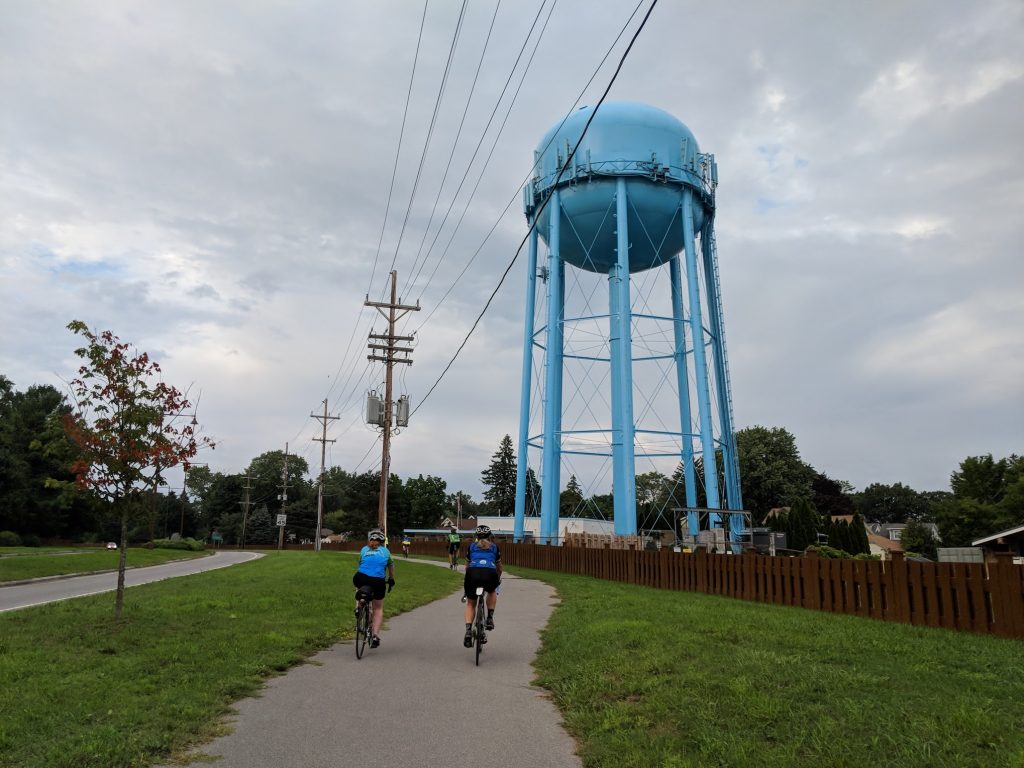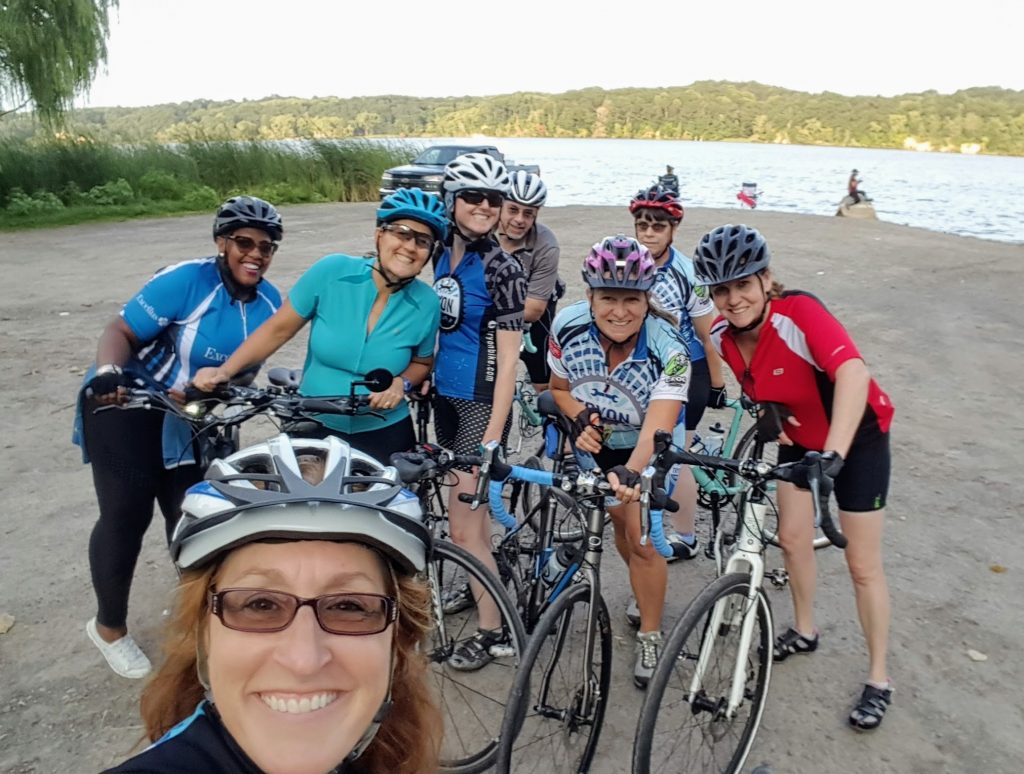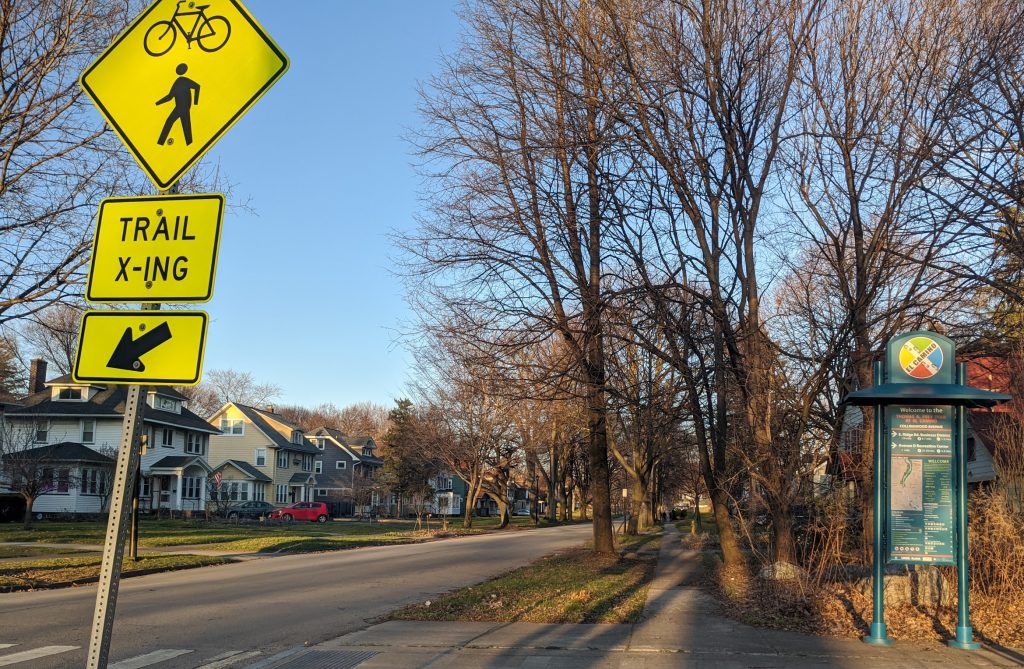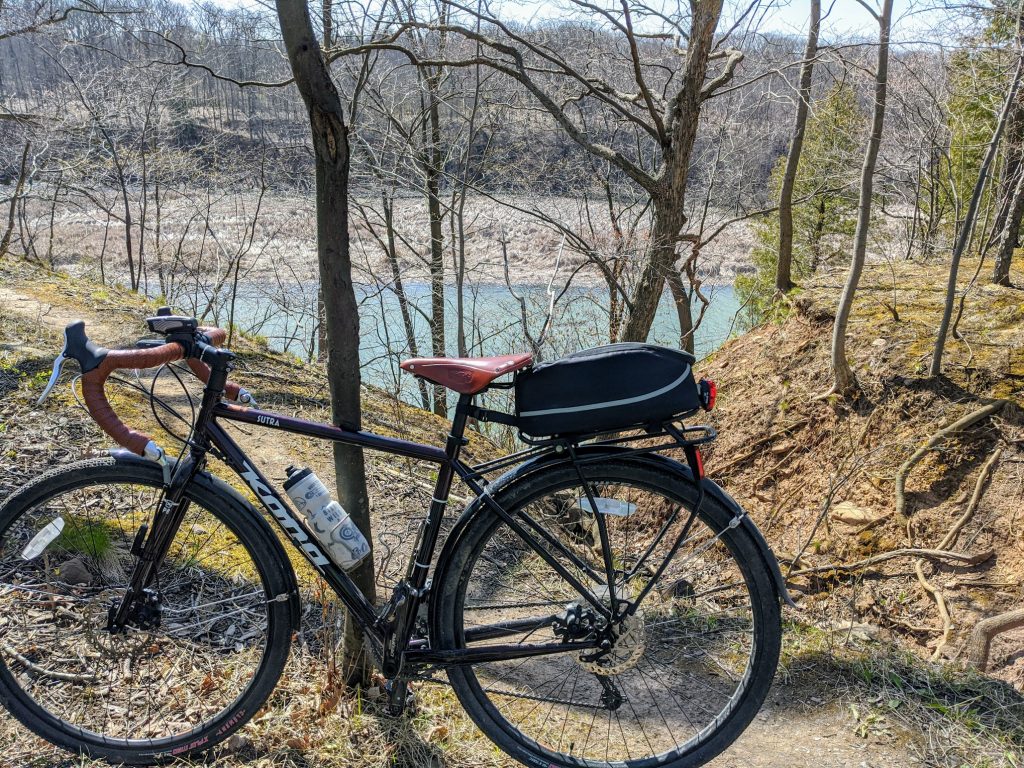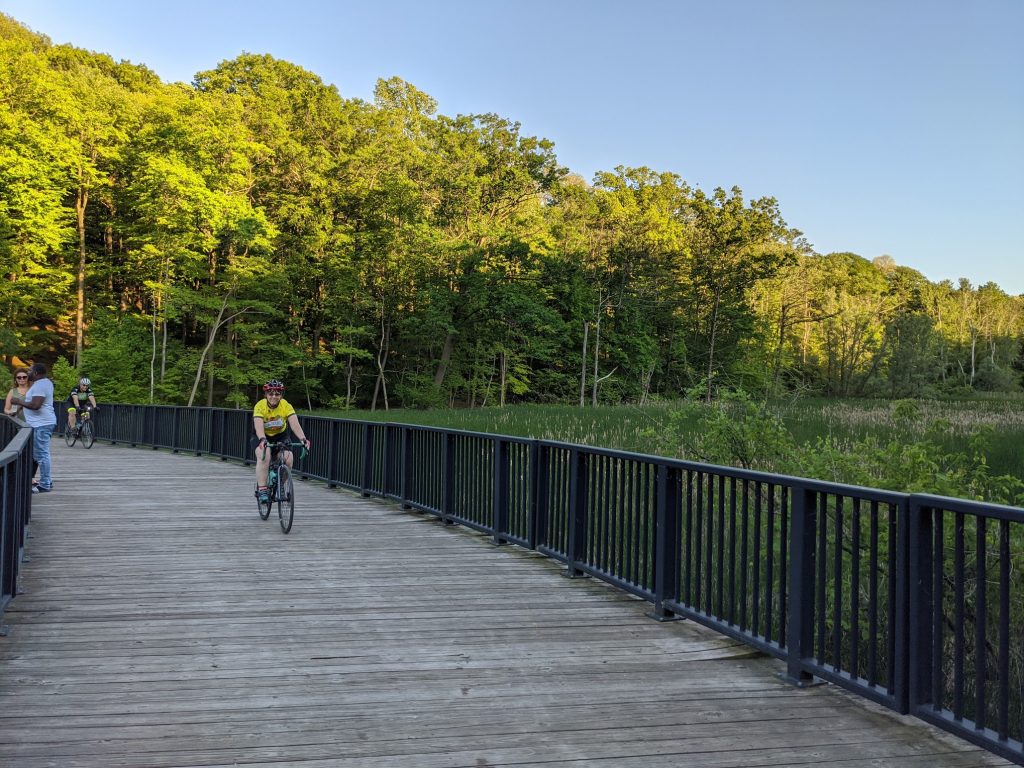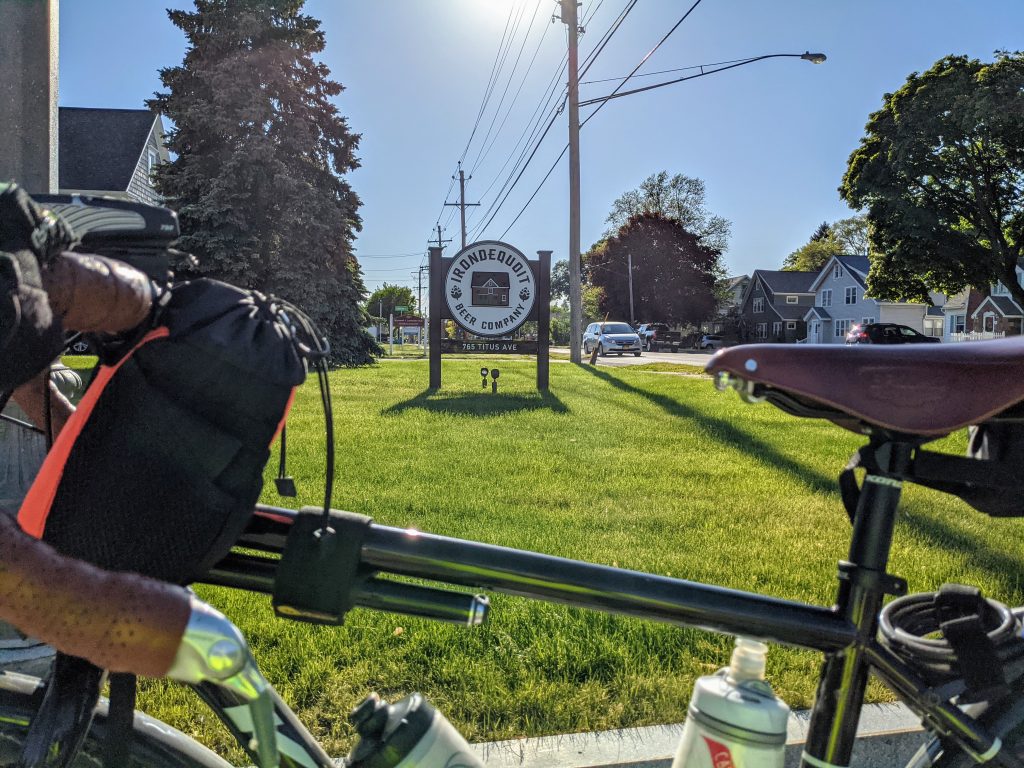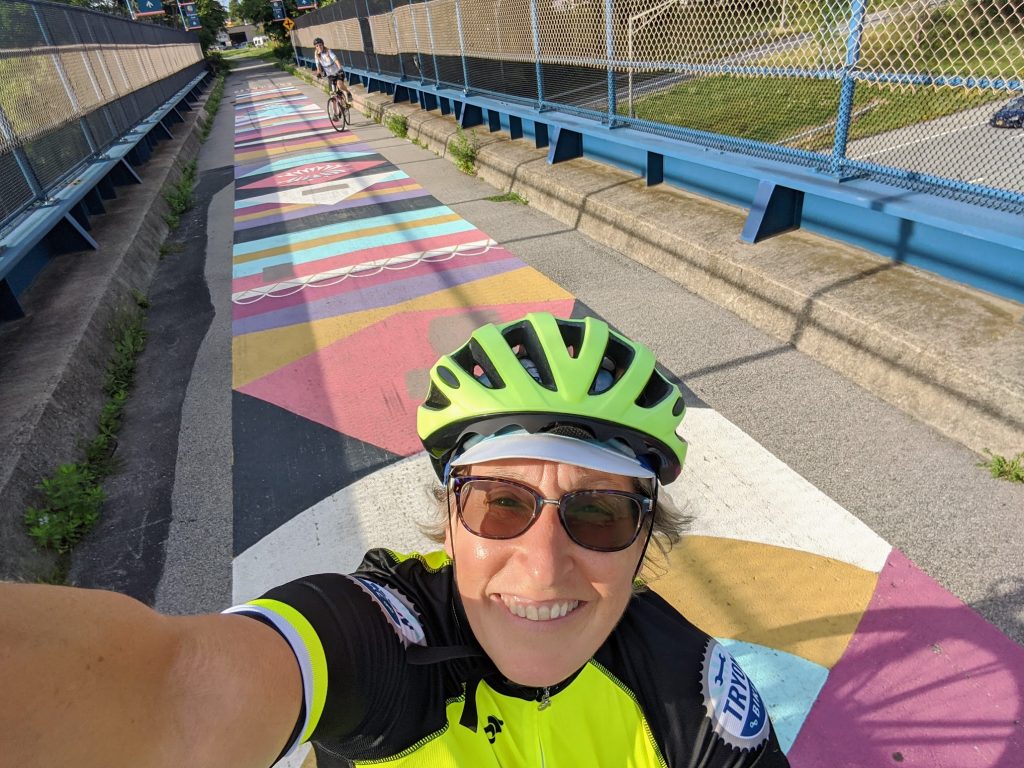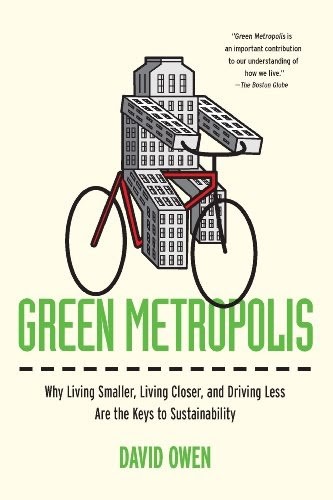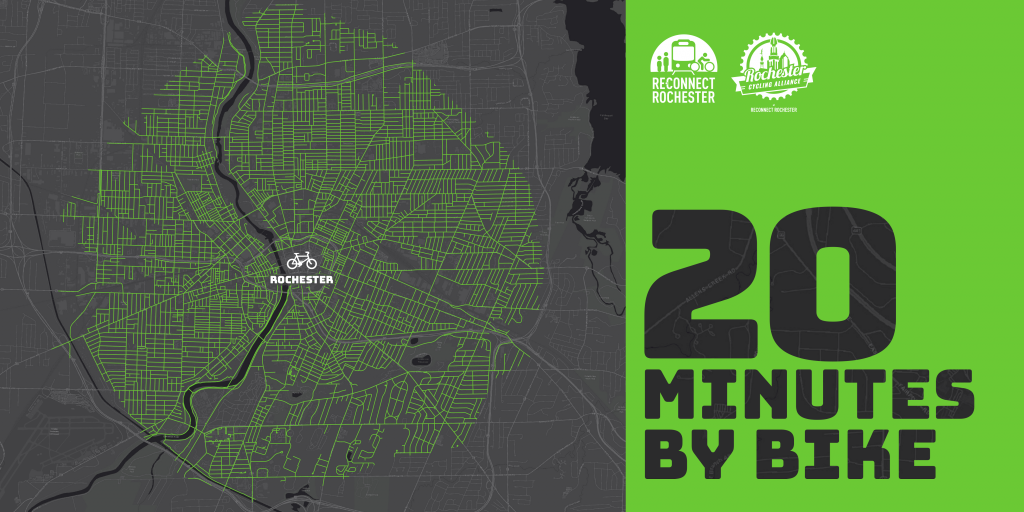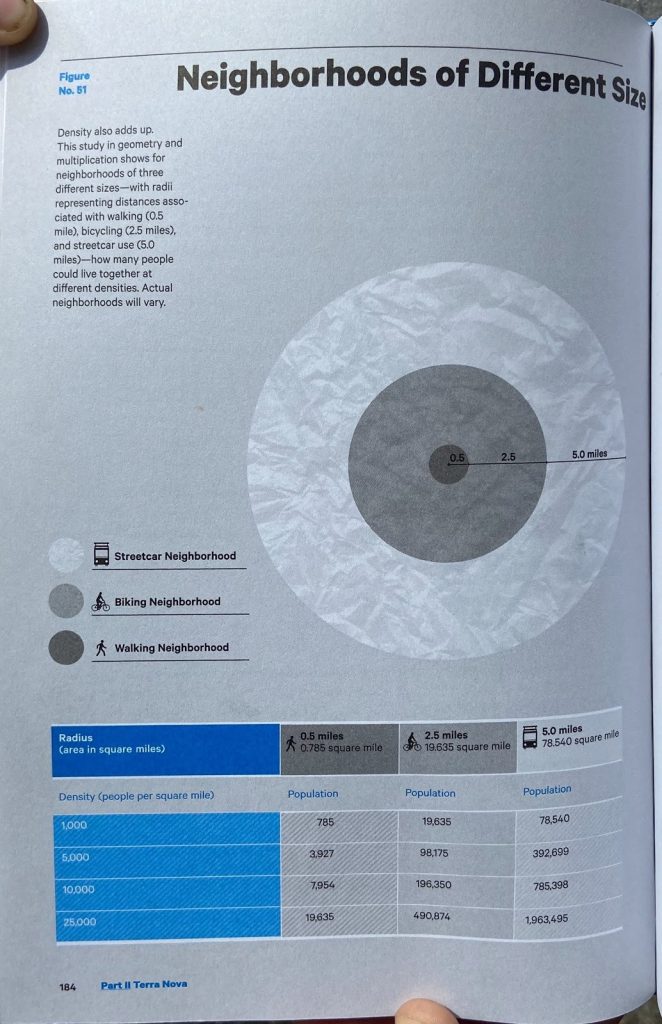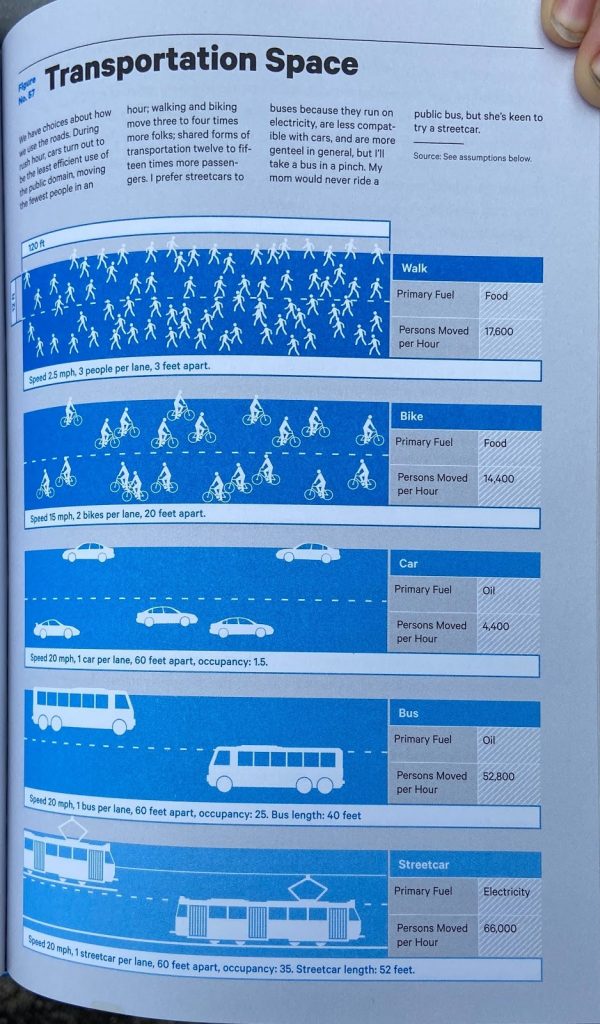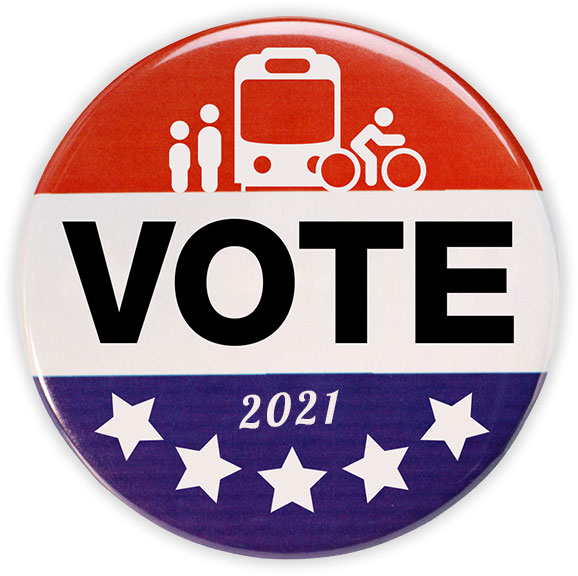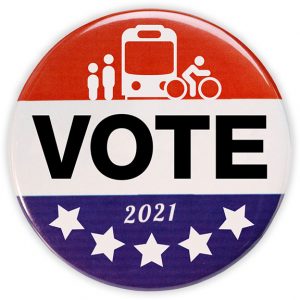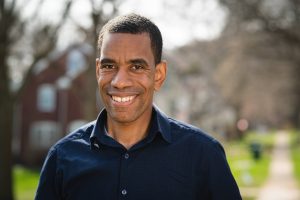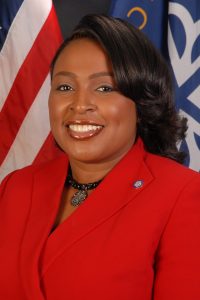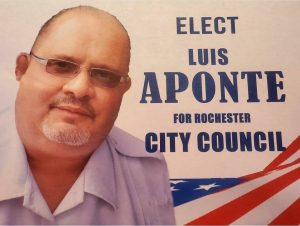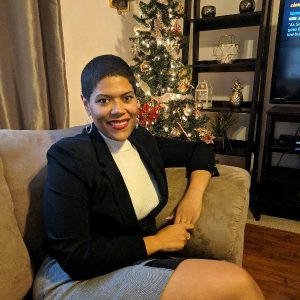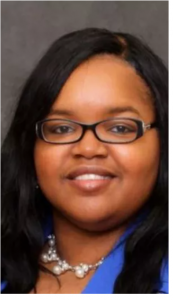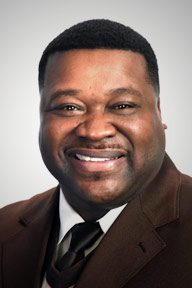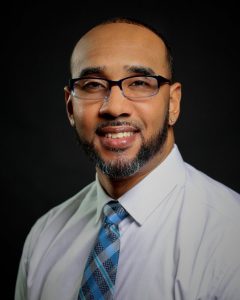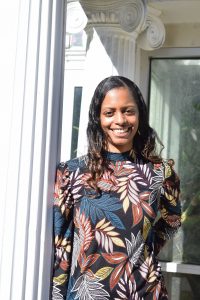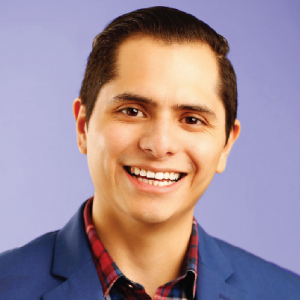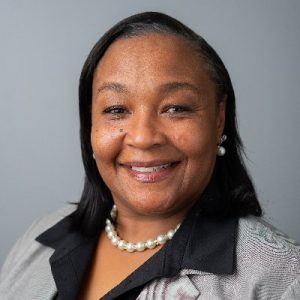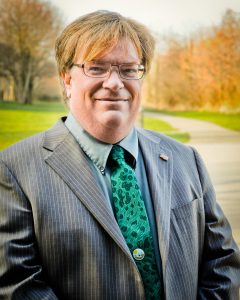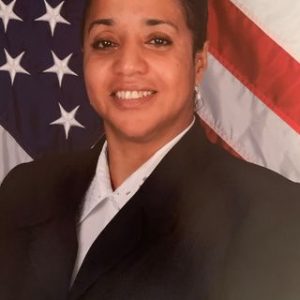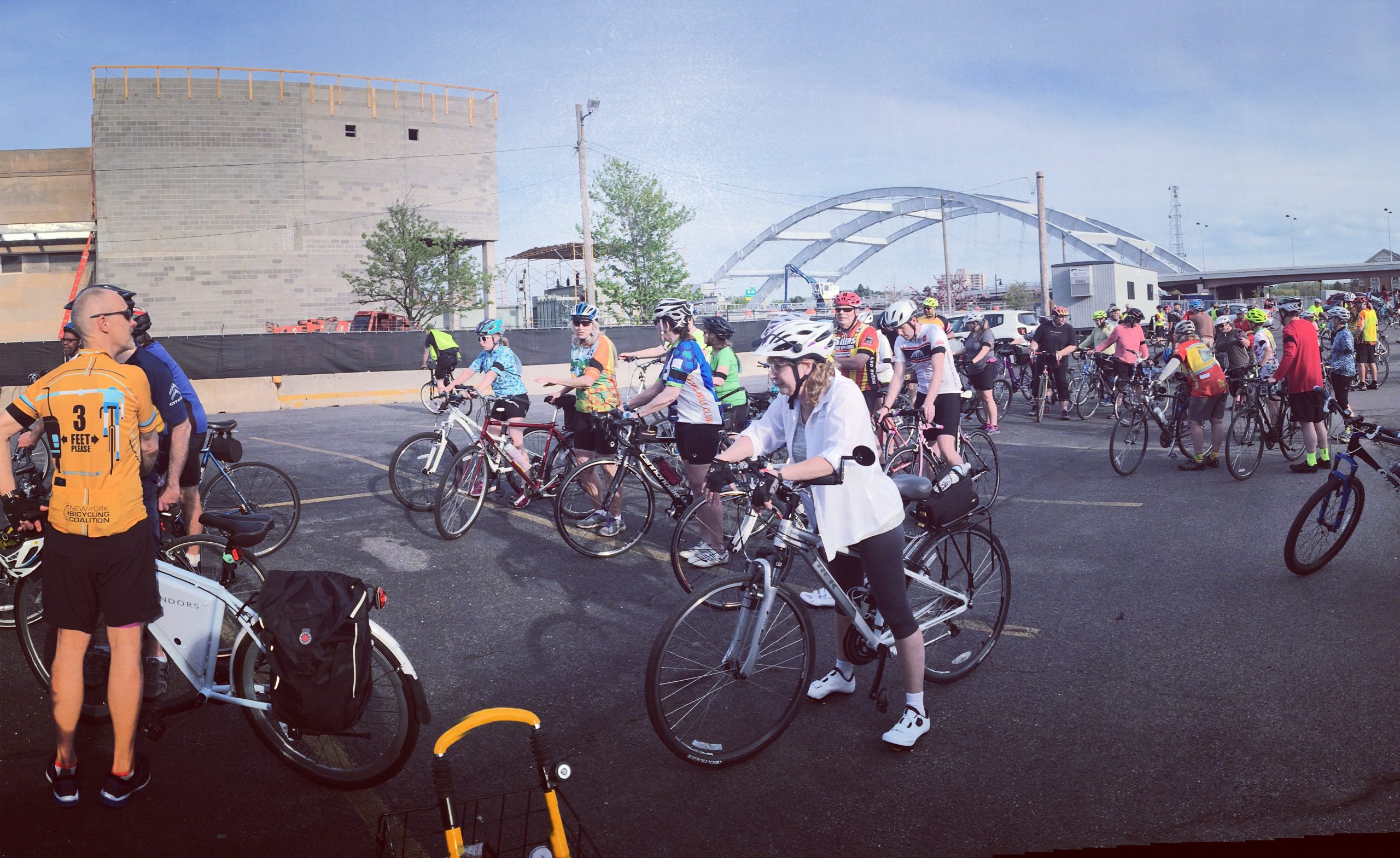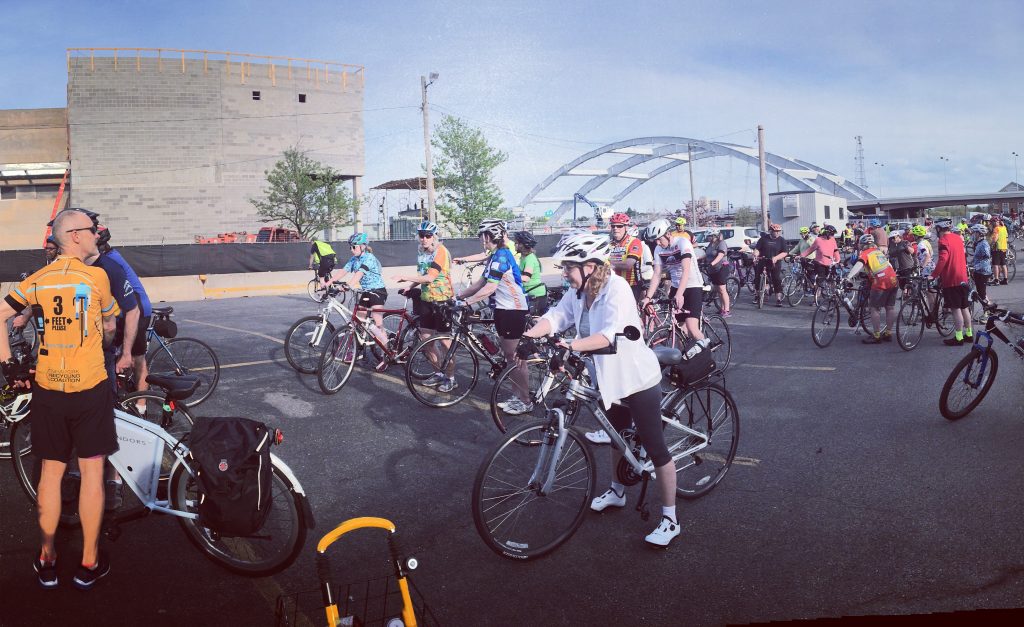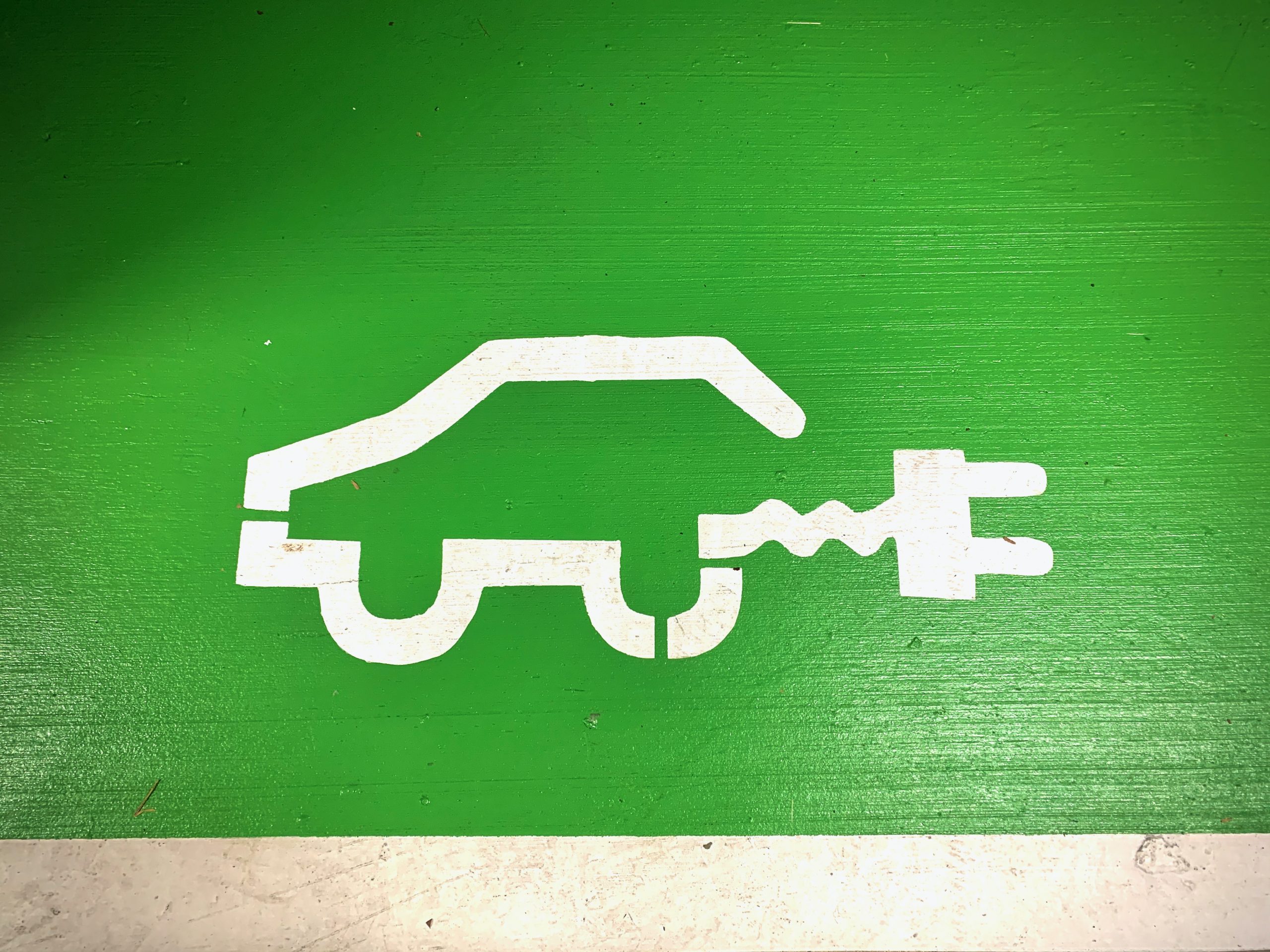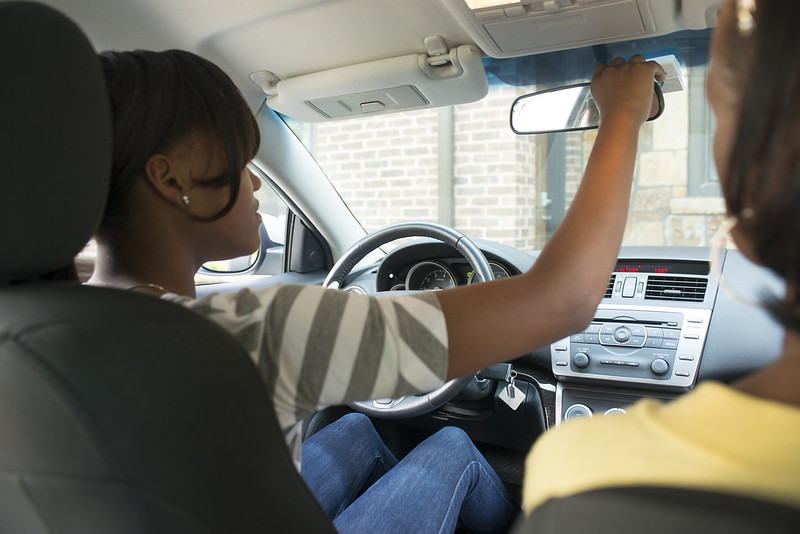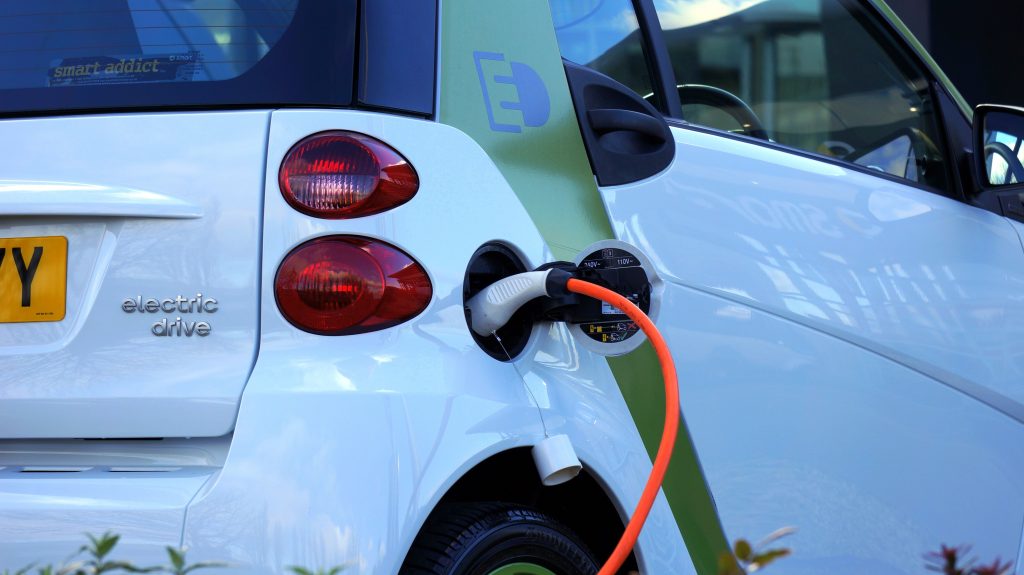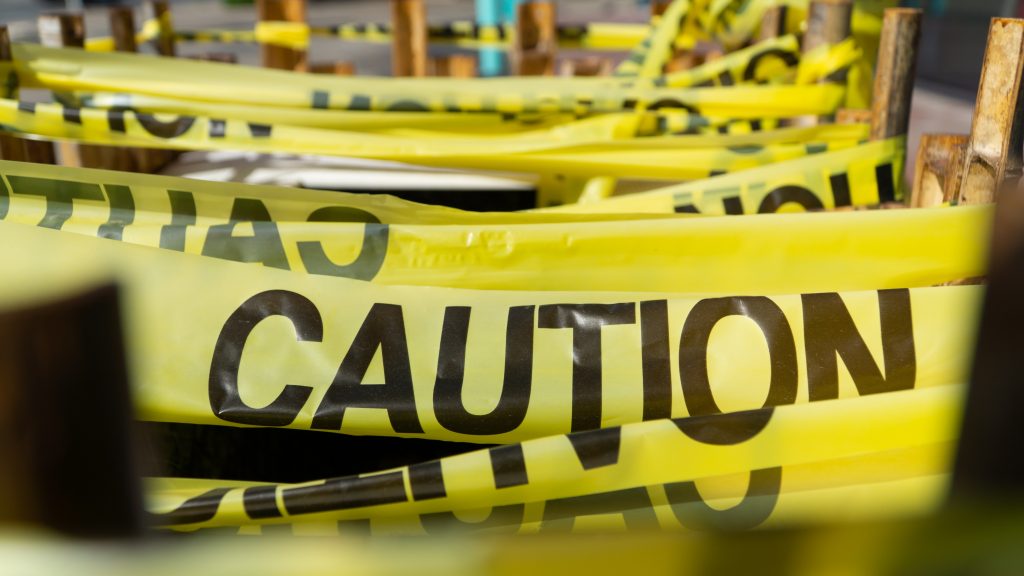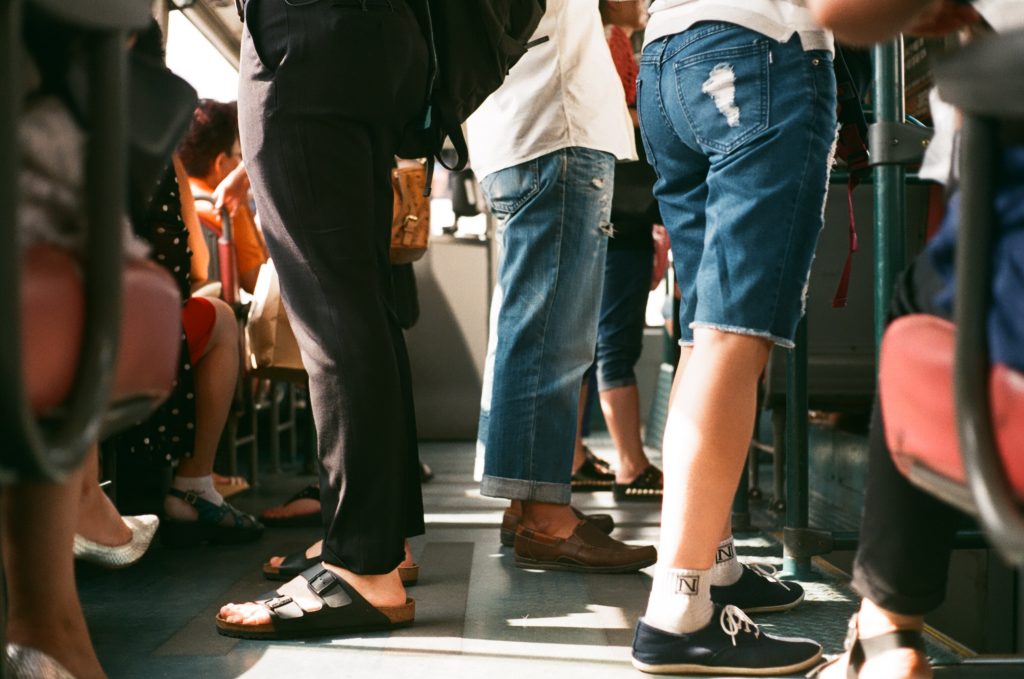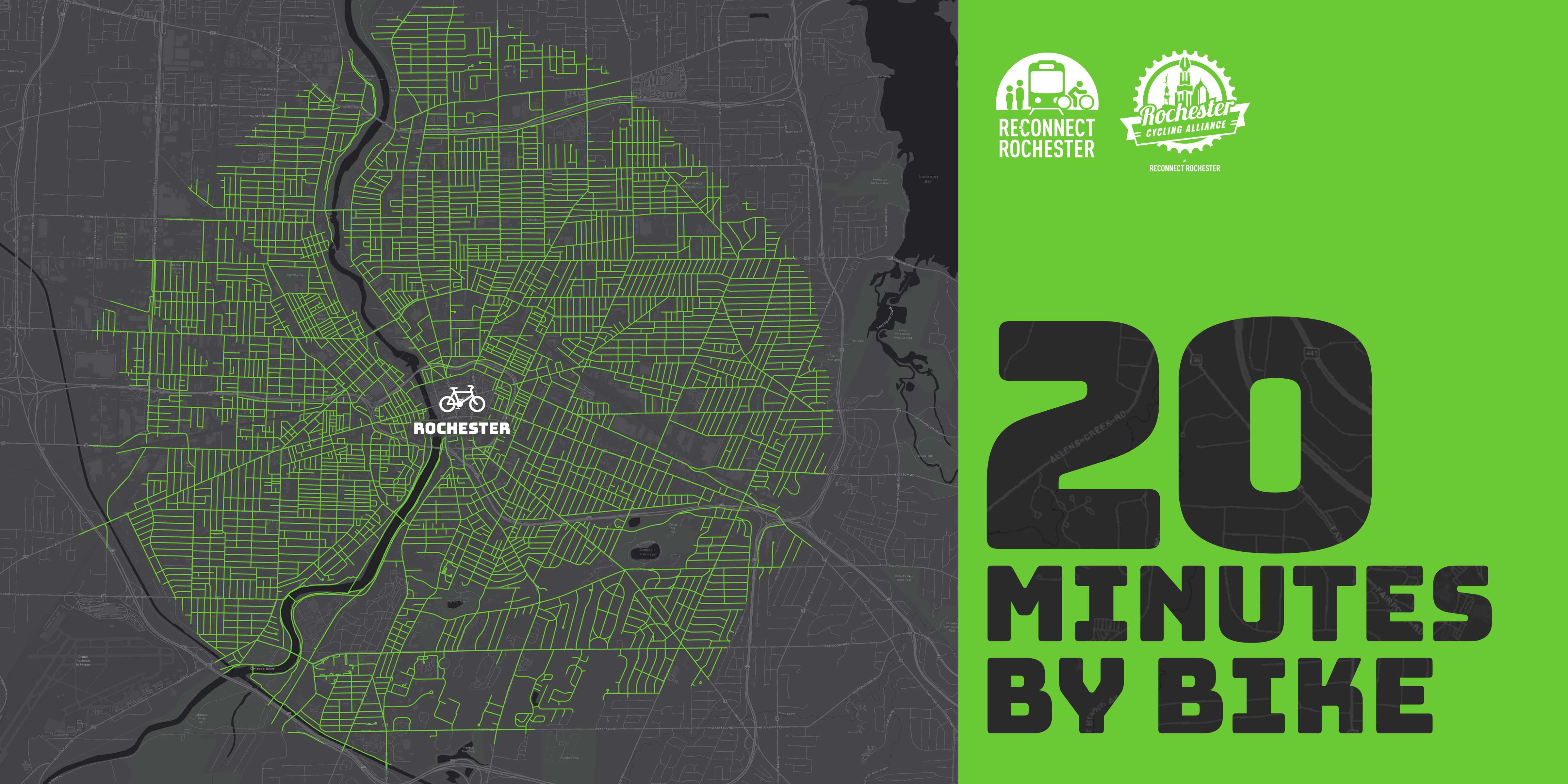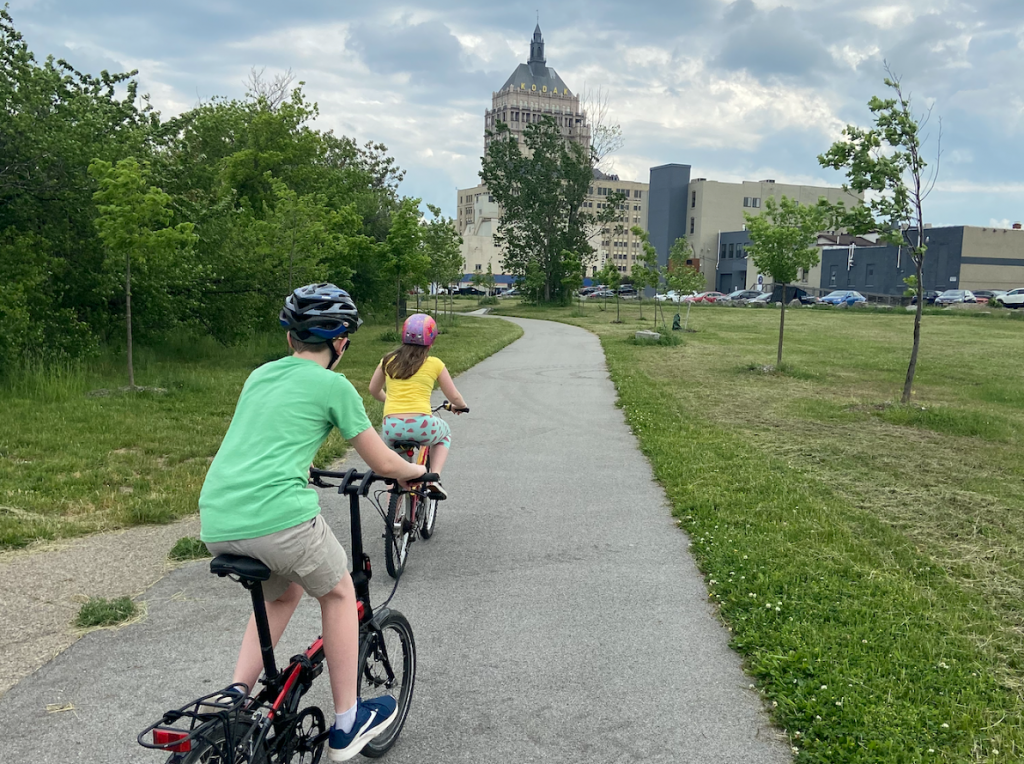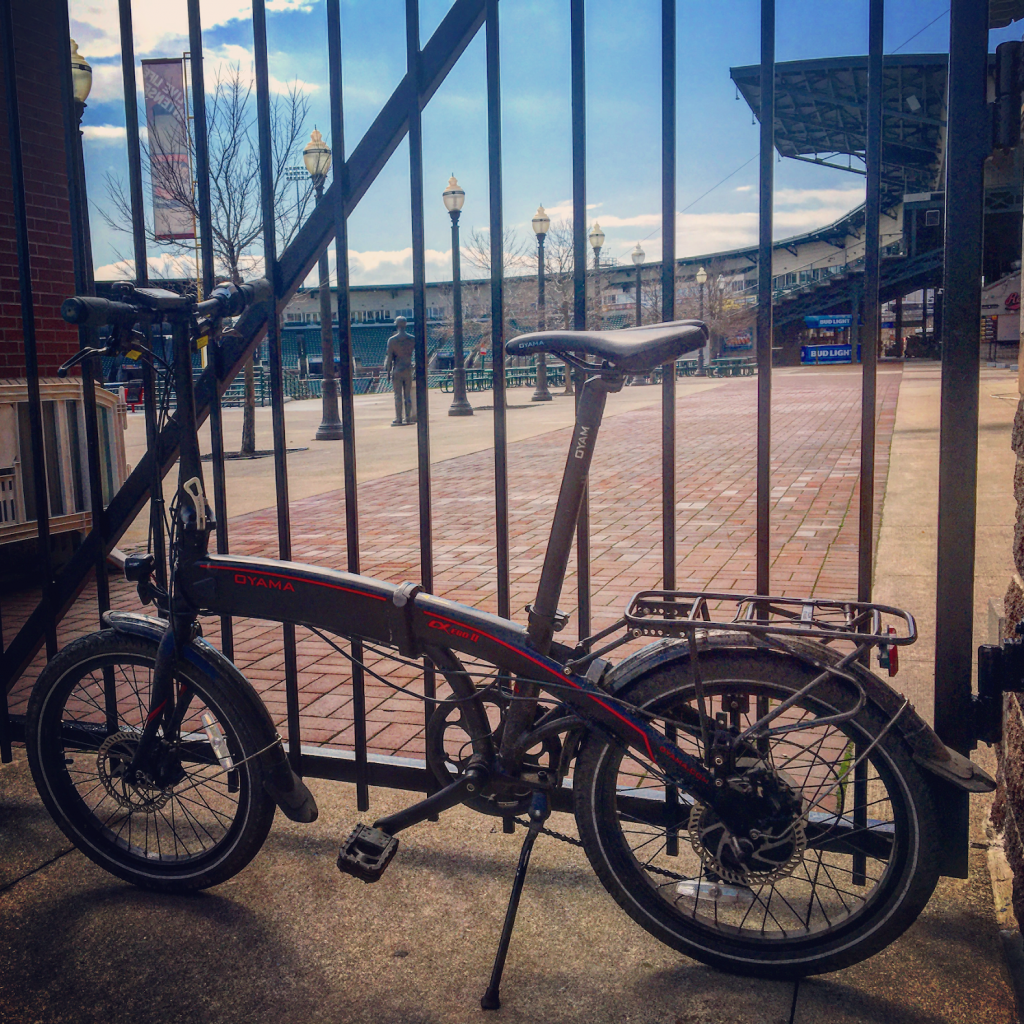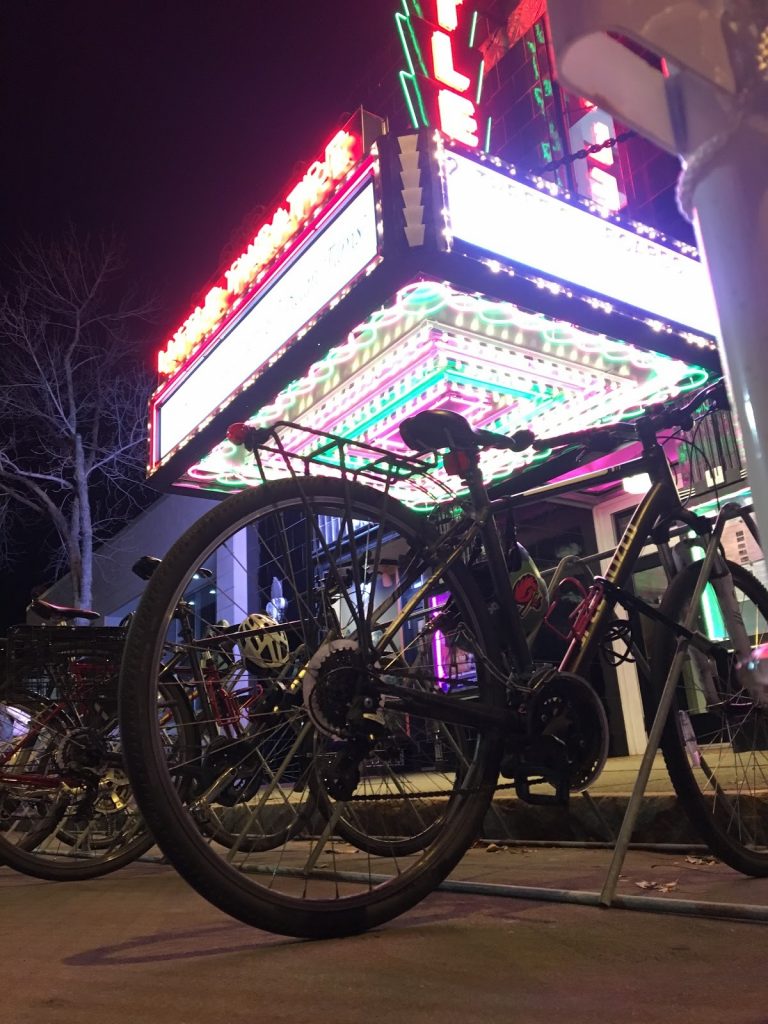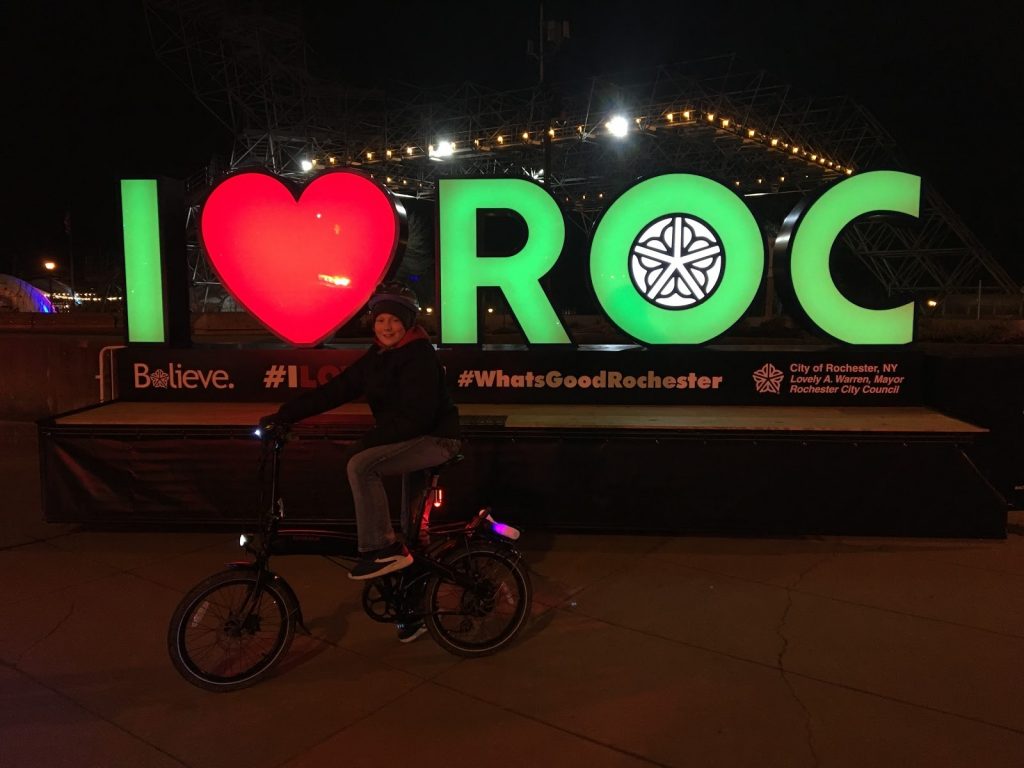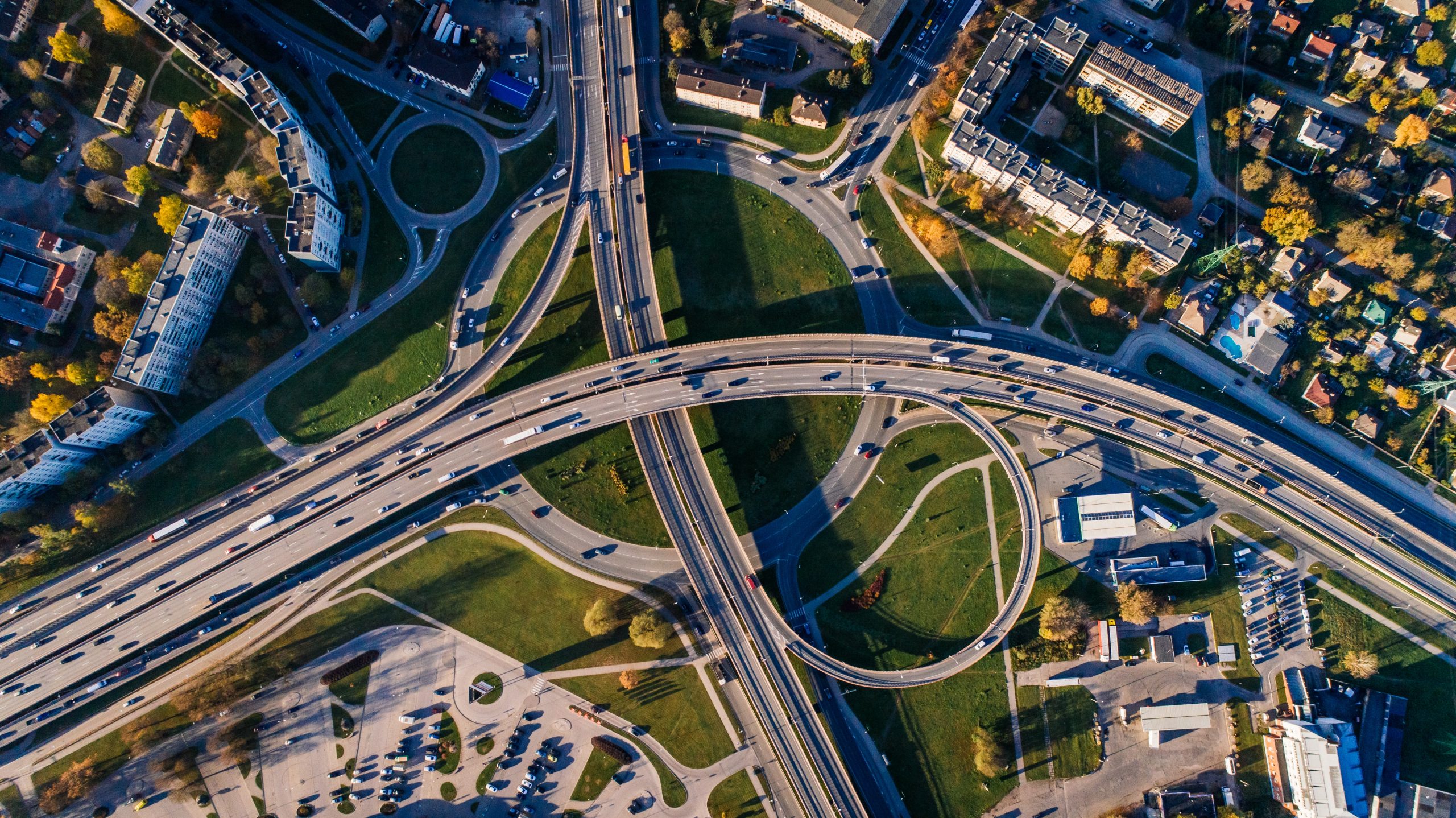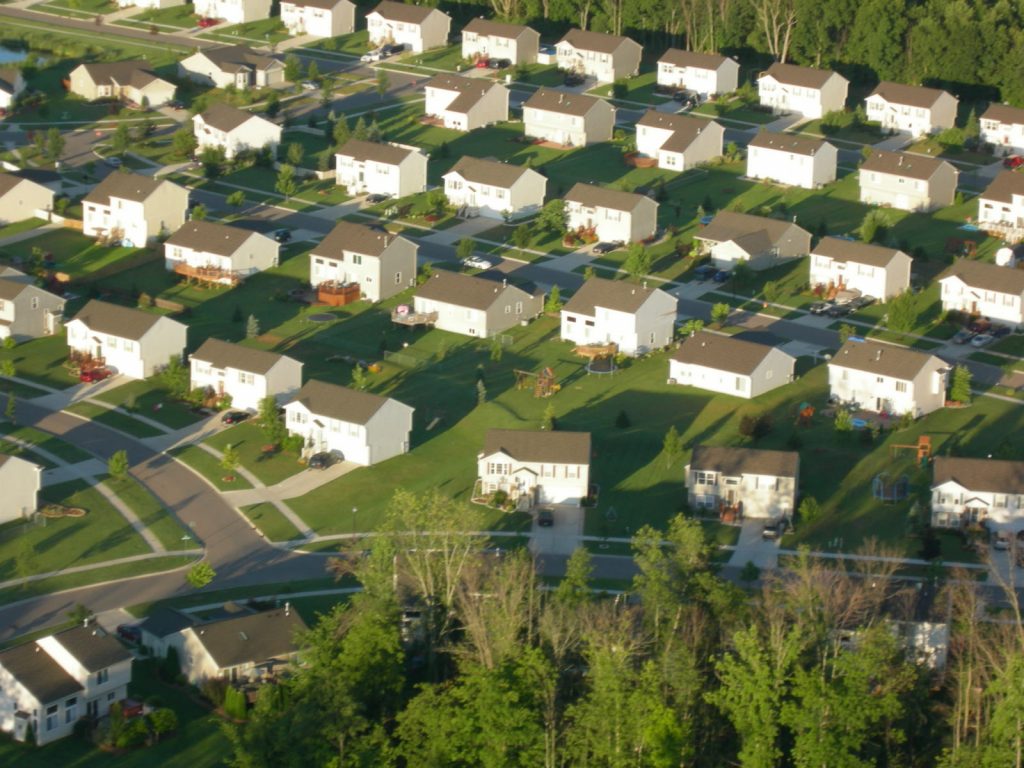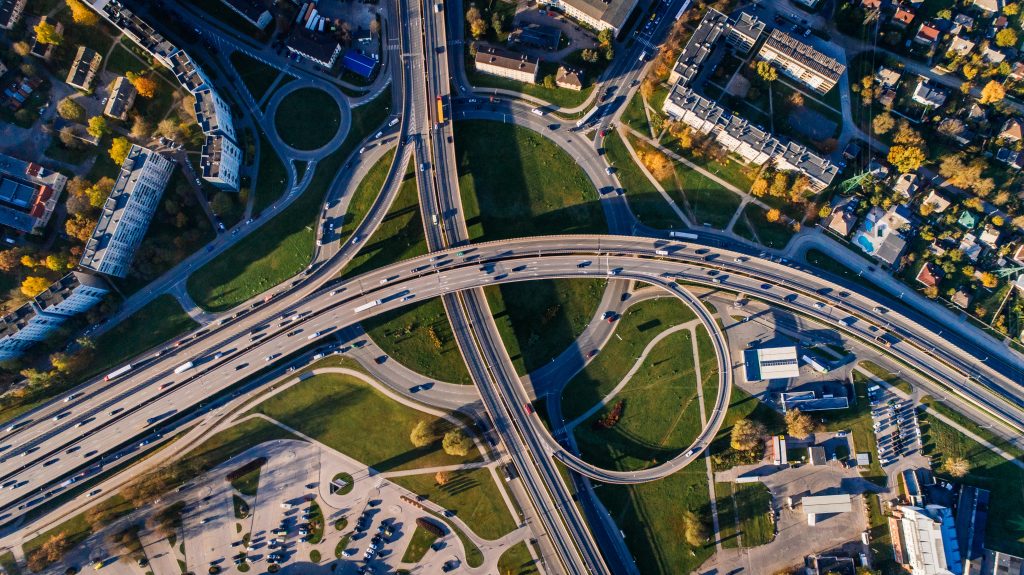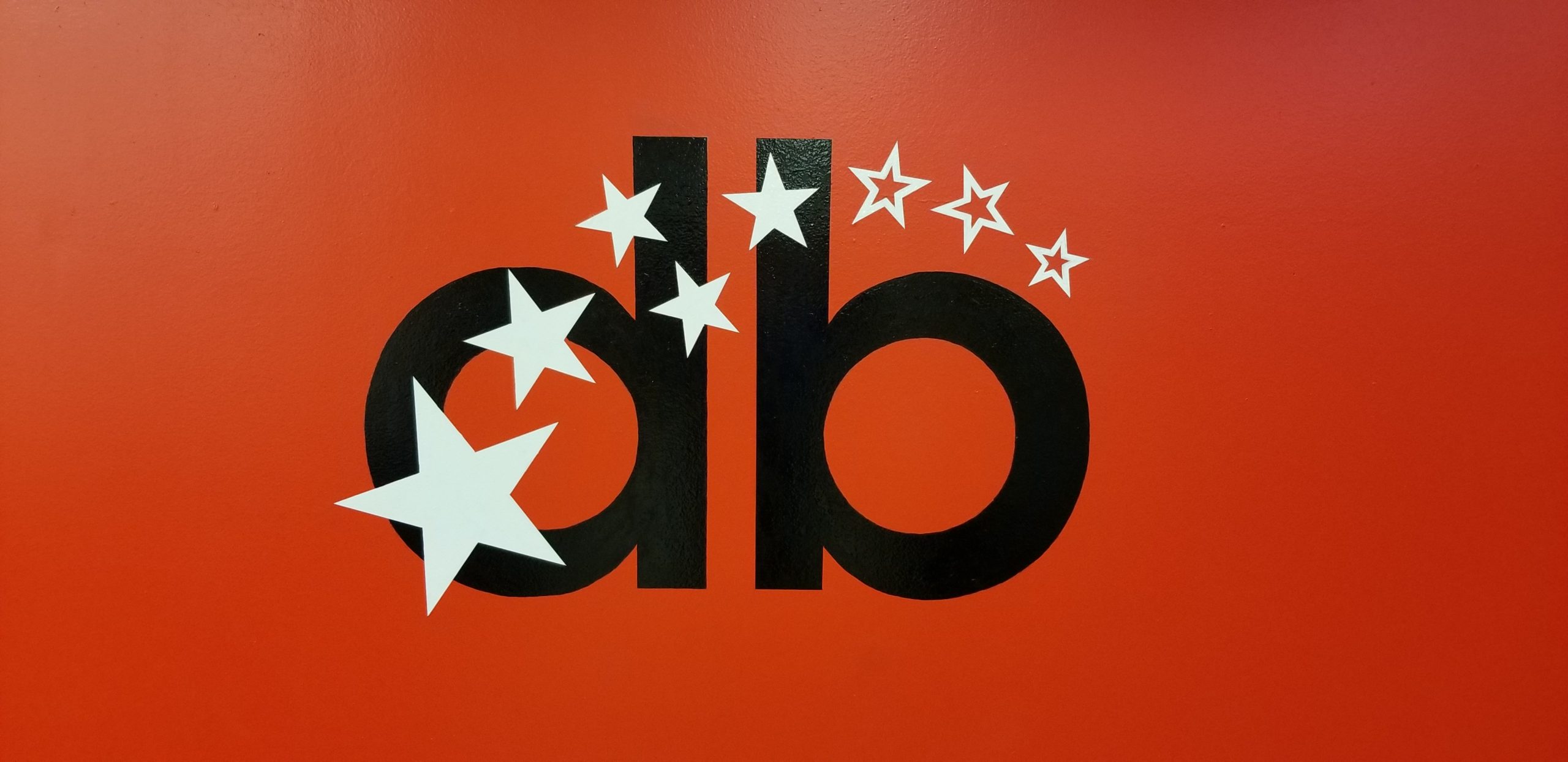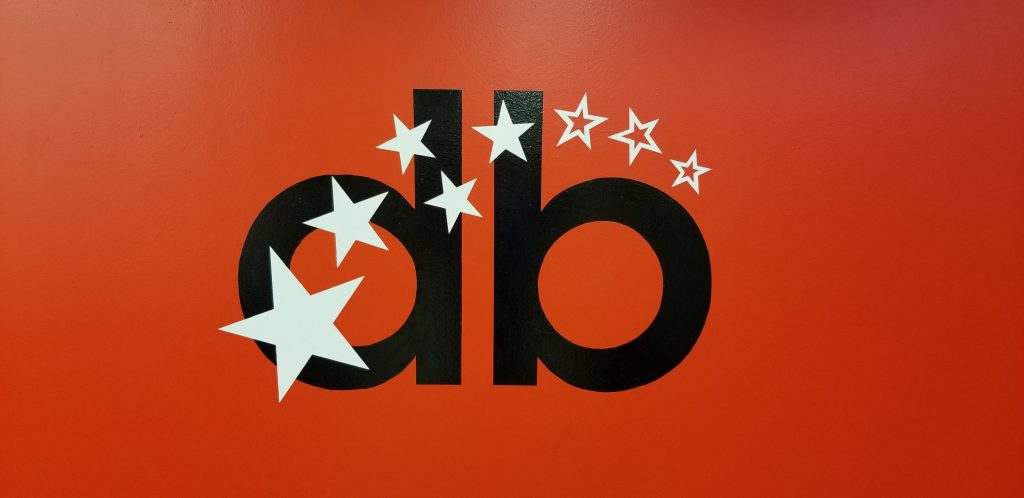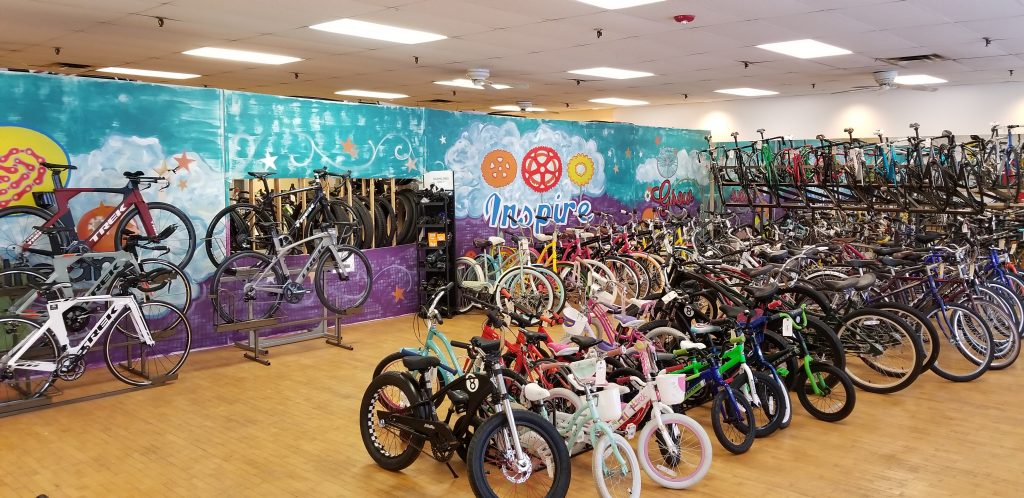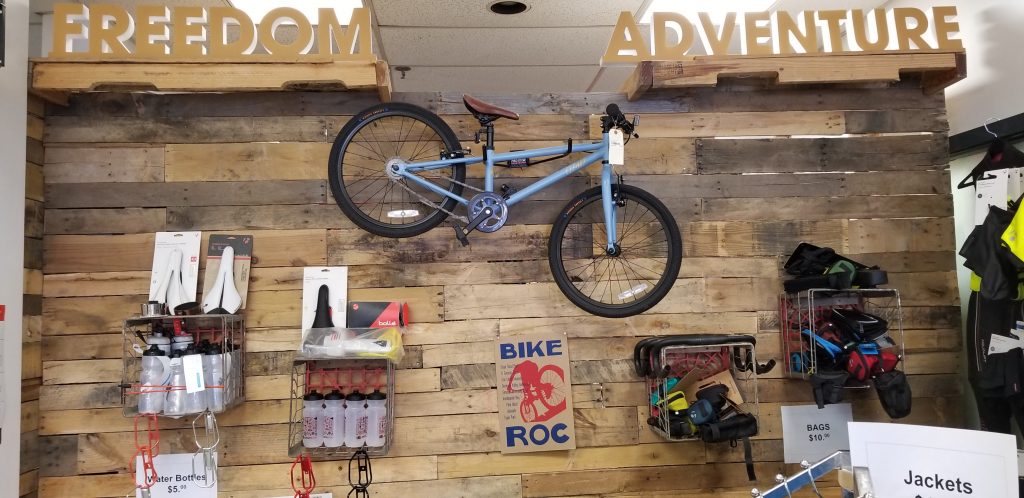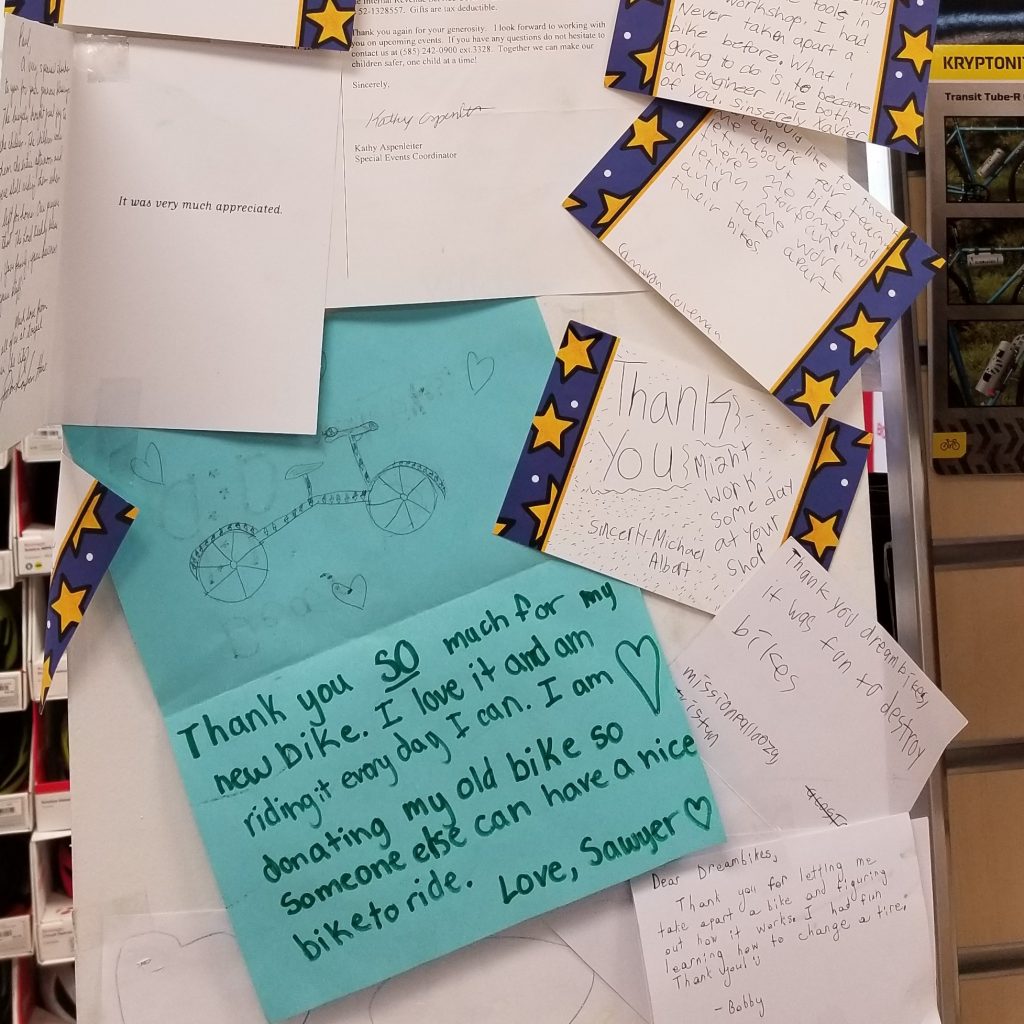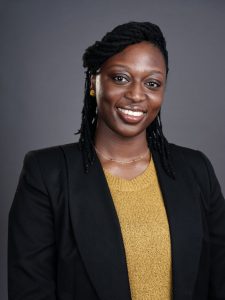 Candidate Email: Iknowstanleymartin@gmail.com
Candidate Email: Iknowstanleymartin@gmail.com
Website: www.peoplesslateroc.com
What are Rochester’s greatest transportation challenges?
Our challenges lie in the inability of our community members to cheaply, efficiently, and safely move throughout our city landscape. These challenges are felt most often and most harshly by Black and Brown communities and are inextricable from questions of class. There are people in our community facing hours of daily commuting in order to get to work on public transportation. Problems like this stem not only from our flawed public transportation system, but also the inaccessibility of walking and biking as reliable transportation and the fact that so many of our city residents do not have reliable employment within a short distance of their homes.
Like so many other matters, our transportation challenges are intersectional and must be view through a holistic lens if we are to come up with sustainable and equitable solutions. This starts with the centering of communities that are most affected by the flaws and allowing them to speak to the changes that would best serve them. It also means reallocating funding to enable bold and meaningful changes to the way we address transportation in our city.
What are the top benefits our community would see by getting residents out of their cars and experiencing other modes of travel?
When people walk, bike, run, or skate through their community they connect and interact with it in a very different way. Stopping to look through the windows of small businesses, taking a detour through a park or along the riverway to admire our incredible local landscape, saying “hello” to the person going by; these things help build a community. These modes of transportation are also cheaper, better for the environment, and better for the body than driving.
It is important that we make sure all of our city roadways and sidewalks are equally accessible to these modes of travel, and that all of our communities are given the same resources and attention as we improve on our infrastructure and cultivate green space.
What do you think City government can do to support public transit and create more equitable transportation options, especially in communities of color?
Bringing the most affected communities to the table in order to decide on the solutions, rather than deciding on their behalf is the most important part of any solution. Bus riders and drivers are not only the most affected by these, they are also the premiere experts on them. Additionally we can allocate funds to improve on the routes, the accessibility of our buses and stations, and reduce the cost for our riders.
We also need to find ways to keep our community safe while using public transport that does not involve policing. People using public transportation are disproportionate targeted by police, which is problematic enough without considering how many Black and Brown youth rely on public transportation. Equitable transportation means making sure that riders are being subjected to profiling and surveillance by RPD.
What steps can the City take to improve accessibility to jobs for the 26% of Rochester residents who do not own or have access to a personal vehicle?
A more efficient public transportation system is a part of this solution, but we also need to make sure that our communities have good, reliable jobs within their neighborhoods. Every person in Rochester should have the opportunity to support themselves and their family within walking distance.
What steps will you take to encourage/incentivize residents (especially City employees) to commute using transportation options other than single occupant vehicles (walk/bike/bus/carpool/etc.)?
When elected, I will advocate for commuter benefit programs where employees can use pre-tax income to pay for various forms of public transportation as we move towards a system where it can be permanently free for all our residents. If we are serious about reducing emissions, serving our communities, and reducing vehicle traffic for a Vision Zero approach to transportation then we need to get serious about solutions.
How will you lead the community in reducing our transportation carbon footprint? Do you or would you be willing to take the bus, bike or walk to City Hall?
I am certainly willing to take the bus, bike, or walk to City Hall. I also support the purchase of additional electric busses until the entire RTS fleet is fully electric by 2030.
How specifically will you support the transportation vision outlined in Rochester 2034?
“I will support the transportation vision outlined in Rochester 2034 through the following measures:
- Advocate for complete streets, led by community design, that are accessible to pedestrians, bicyclists, transit riders and motorists.
- Advocating that fees for public transit be eliminated
- Exploring options for additional modes of public transit including a city-wide light rail
- Partnering with advocacy organizations such as Reconnect Rochester and frontline community members to advocate that policies best align with community needs aspirations.”
What land use and economic development policies would you pursue to encourage job creation and development to remain in the city core, and better connect people in the city to employment opportunities?
Community Land Trusts (CLT) can be an invaluable resource for youth employment, community education, quality nutrition, climate justice and housing development without displacement. I fully support CLT initiatives to further community control of residential & commercial spaces. When elected I work to further empower CLTs through public policy.
I also support a new vision for civilian-led public safety that directly engages and employs folks from marginalized communities in Rochester in good paying, unionized jobs. In particular, creating Community Safety Centers that would provide a wide array of services including family assistance, conflict mediation, civilian crisis intervention, and funds to compensate individuals and families who have experienced racism and other forms of discrimination. This new vision would also develop sites offering paid peer counseling, treatment programs, legal services & case management to improve housing, health care, employment opportunities, immigration advocacy & public benefits.
This would include enacting a Civil Life Corps to work with communities to help resolve day-to-day programs and address community needs including access to quality transportation, housing, voting rights, environmental equity & conservation. It would also involve creating civilian response teams who are trained in first aid, car mechanics, and de-escalation & conflict resolution to respond to traffic safety incidents. This plan can help create real employment opportunities to uplift neighborhoods across Rochester and puts the control exactly where it should be: in the community.
Are you satisfied with our current sidewalk and bus stop snow removal policies? What opportunities for improvement do you see?
The City of Rochester must implement stronger snow removal policies. With such snow-intensive winters, whole City blocks can be rendered inaccessible to frail older adults and people with mobility disabilities. It can also pose a tremendous a risk of injury due to falls. When elected, I will fight to make sure that we have comprehensive snow removal policies in all neighborhoods that ensure accessibility throughout the Fall and Winter months.
Do you support a “Vision Zero” style approach to road safety, which includes lowered speed limits and other traffic calming practices and policies?
Traffic-related deaths and injuries are not an inevitability, but are tied to planning and policy. I support a “Vision Zero” style approach to road safety, including lowered speed limits, pedestrian zones, barriers that separate cars from bikes, and other measures. In addition, to re-imagine transportation & traffic safety, I support the use of civilian response teams who are trained in first aid, car mechanics, de-escalation & conflict resolution. I fully support community input and influence in determining appropriate policies needed to improve traffic safety in our neighborhoods. This includes consulting and soliciting input from neighborhood organizations, tenant unions, individuals & families, and faith communities.
What specific actions do you suggest to make Rochester safer for pedestrians and bicyclists of all ages and abilities?
To make Rochester safer for pedestrians and bicyclists of all ages and abilities, I support complete streets, led by community design, that are accessible to pedestrians, bicyclists, transit riders and motorists. These may include bike lanes, roundabouts, improved, comfortable & convenient transportation stops, median green spaces, street art, and other features.
Would you favor the establishment of a bike/pedestrian advisory committee with the power to review road projects and make recommendations?
I fully support the establishment of a bike/pedestrian advisory committee with the power to review road projects and make recommendations. I believe that we are all the experts of our own experience. By listening to folks directly affected by these decisions, we will ensure that public policies align with community needs.
Rochester recently received a renewal of its “Bronze” level award as a bike-friendly community. One of the key steps to receiving “Silver” status is a dedicated budget for implementing our Bike Master Plan. Would you support a line item in the budget devoted to bike infrastructure?
I am a strong proponent of transitioning funds away from policing and into community-based services and infrastructure, which includes investing in alternative modes of transportation such as bike infrastructure.
Are there any other comments or thoughts you’d like to share about transportation and mobility in Rochester?
We have a long way to go before we achieve equitable, reliable, and sustainable transportation in this city, but if we continue to organize and work together towards real solutions with an intersectional mindset then we can achieve the kinds of changes that we all know our community needs and deserves. If you support this agenda, or have any input on how we can improve our positions regarding transportation here in Rochester, please visit Peoplesslateroc.com and get connected with our campaign.

